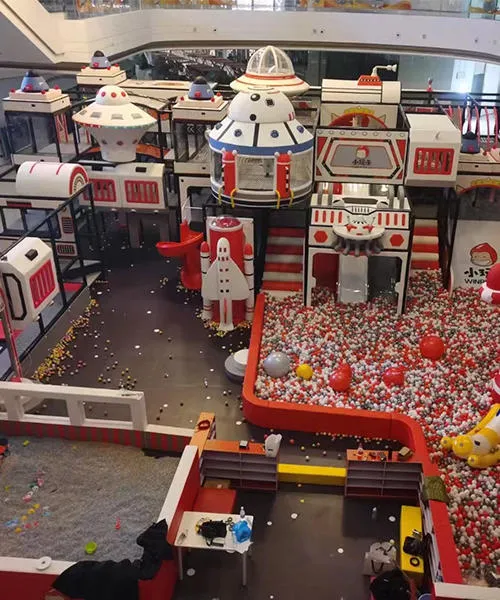
Versatile and engaging indoor play systems for kids of all abilities.
Built for active play, exploration, and imaginative adventures within a controlled environment.
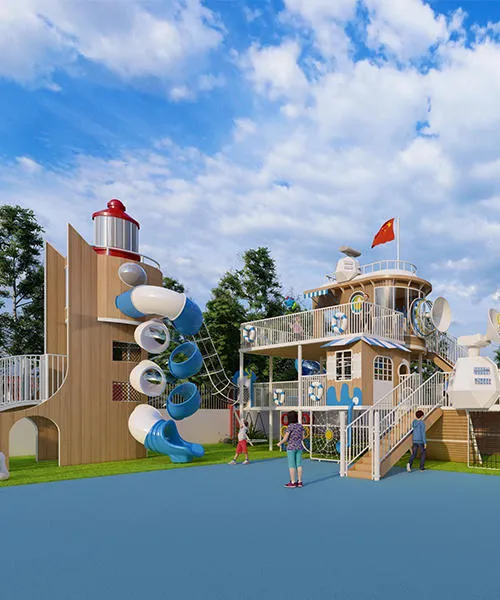
Robust and weather-resistant outdoor play sets for parks, schools, and back-yards. Designed to encourage social interaction, physical activity, and a love for the outdoors.

Lightweight, sturdy, and colorful play products created using blow molding tech-nology. Perfect for toddlers and young children, offering safe and fun play op-tions.
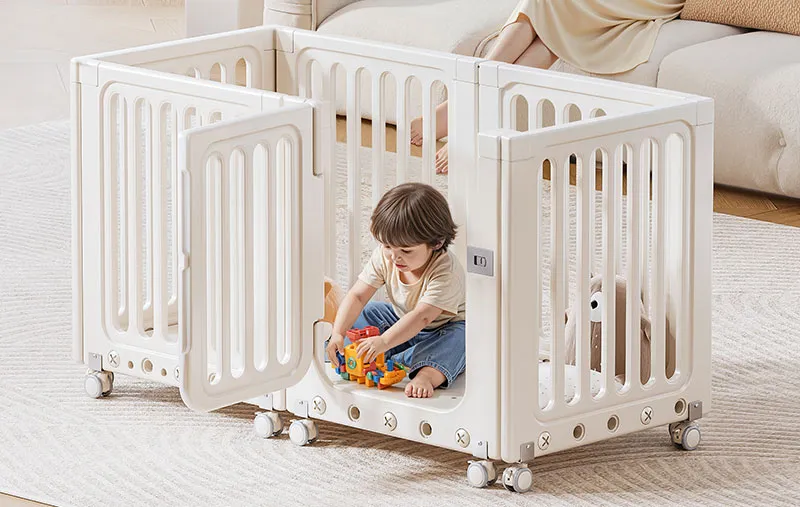
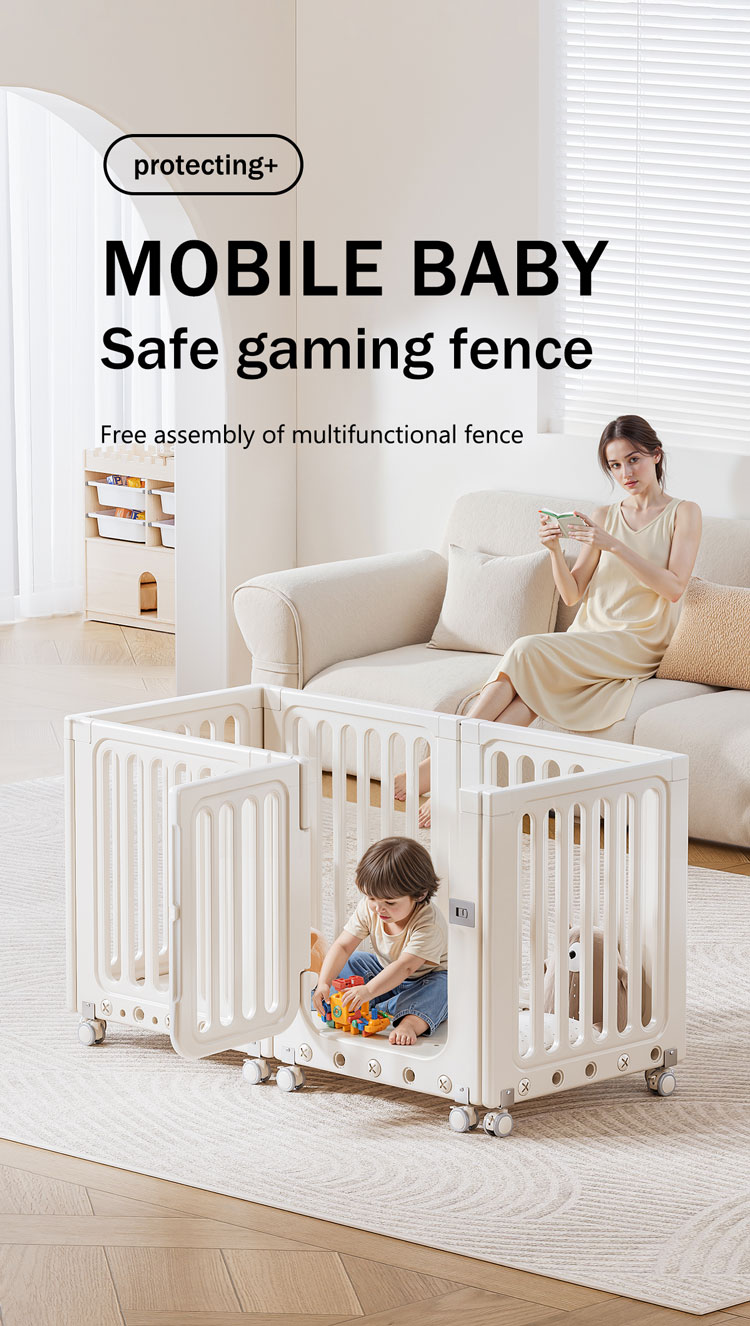
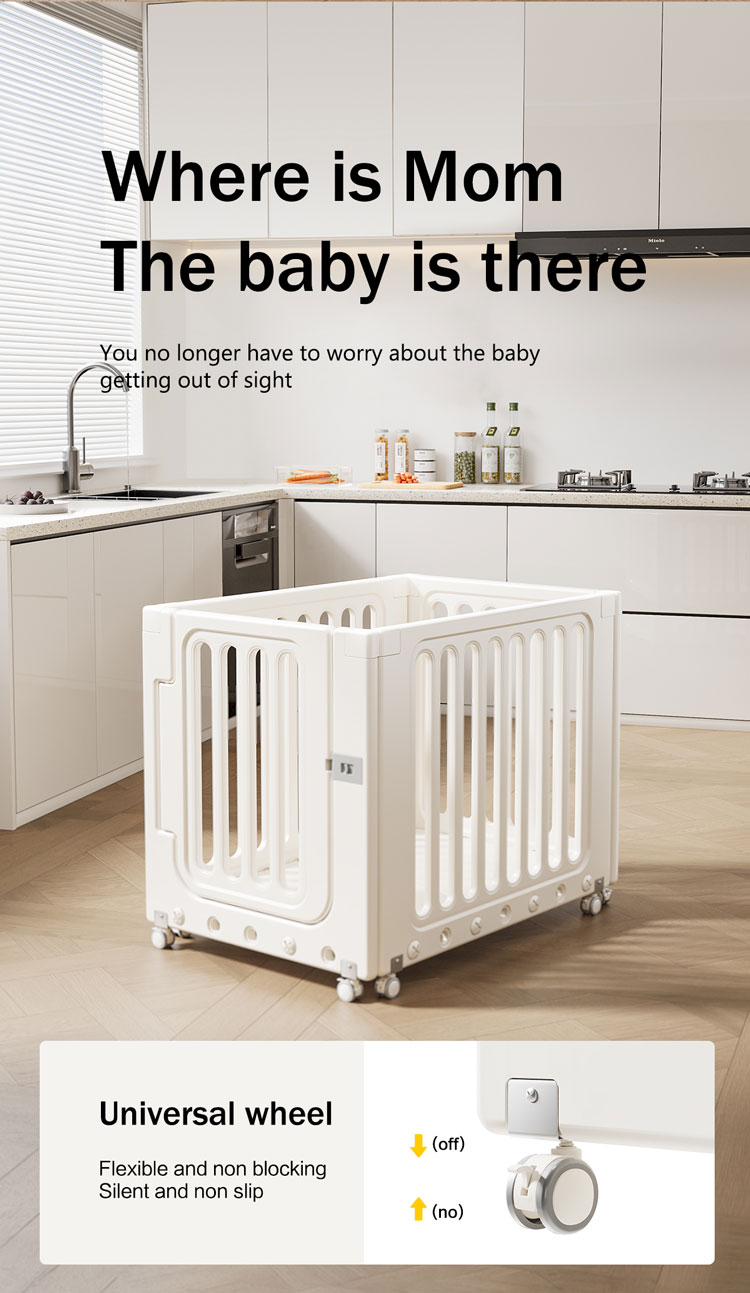
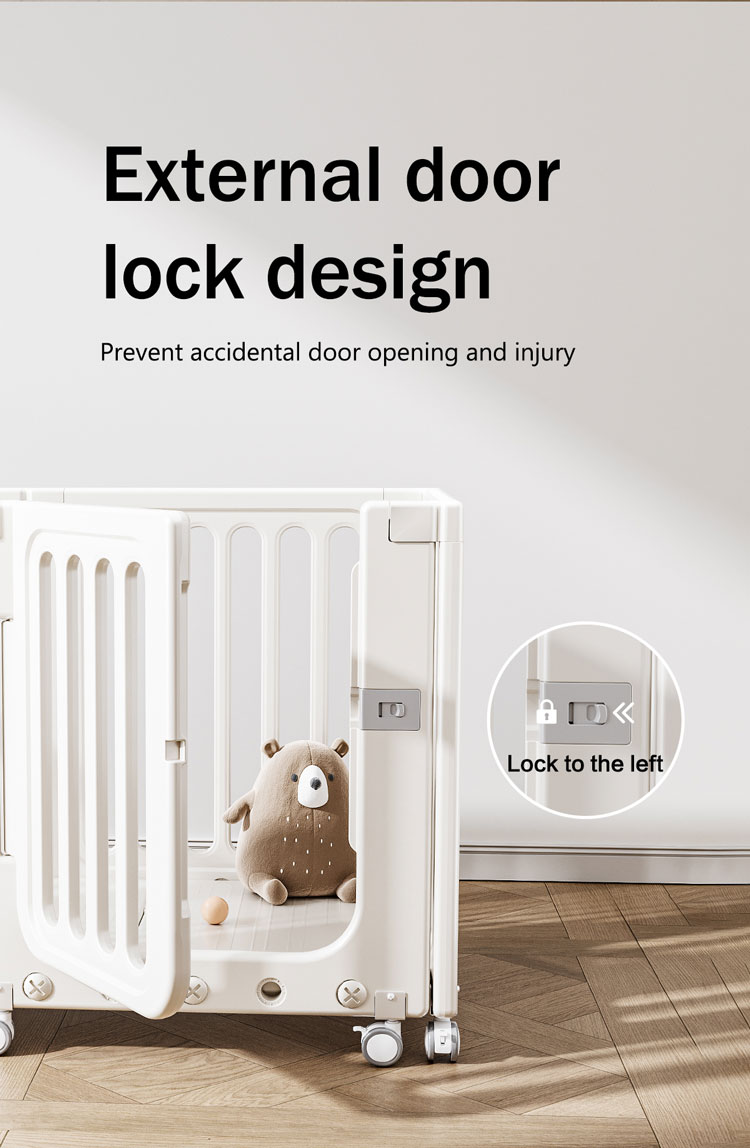
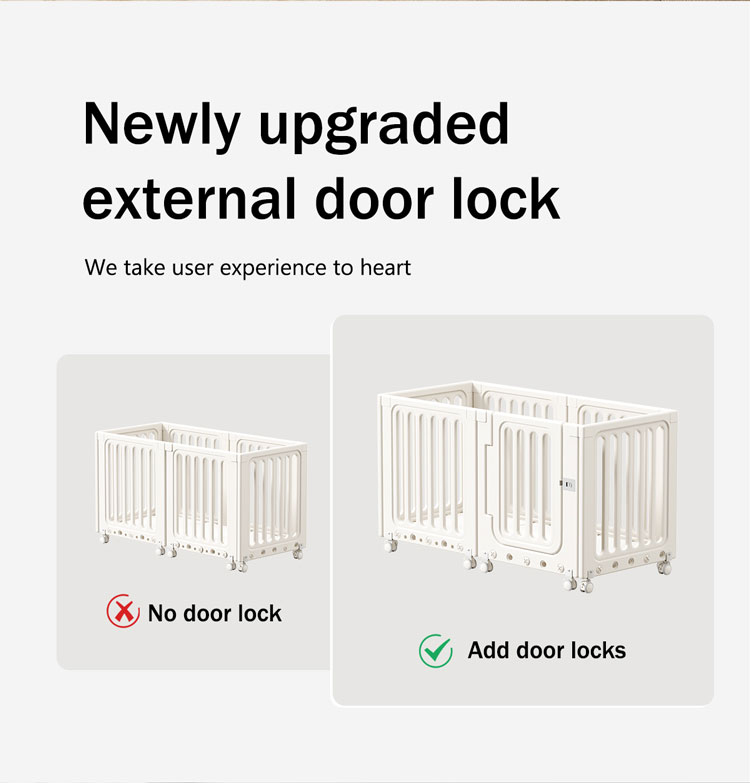
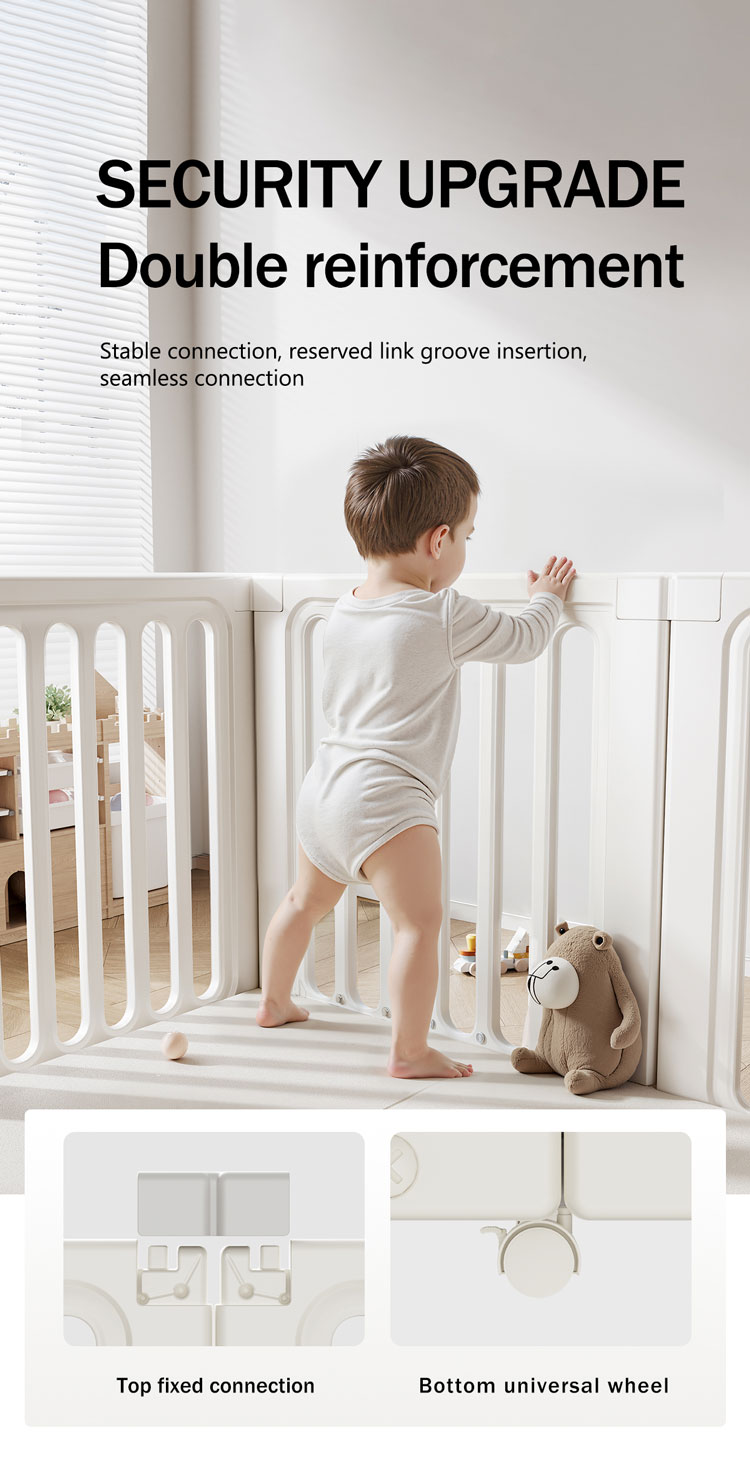
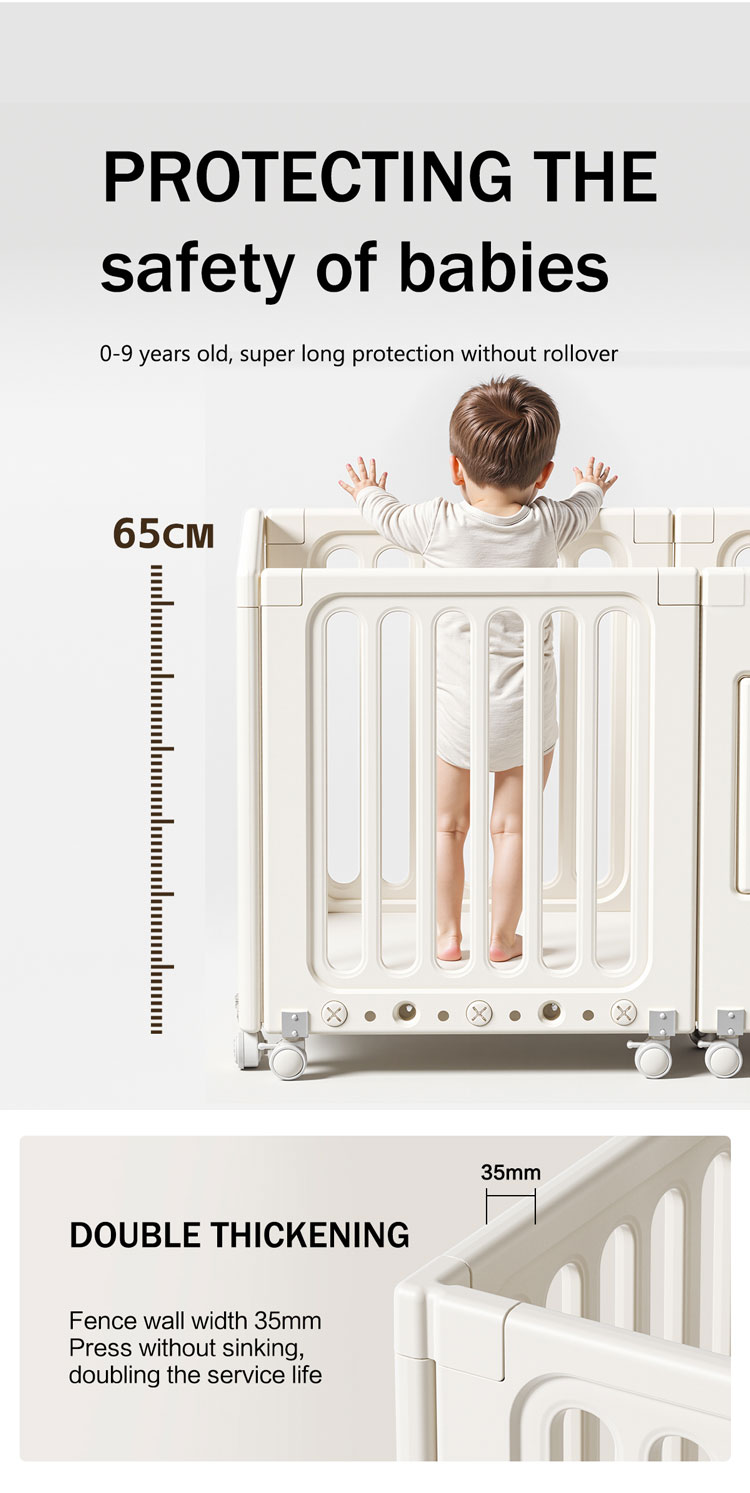
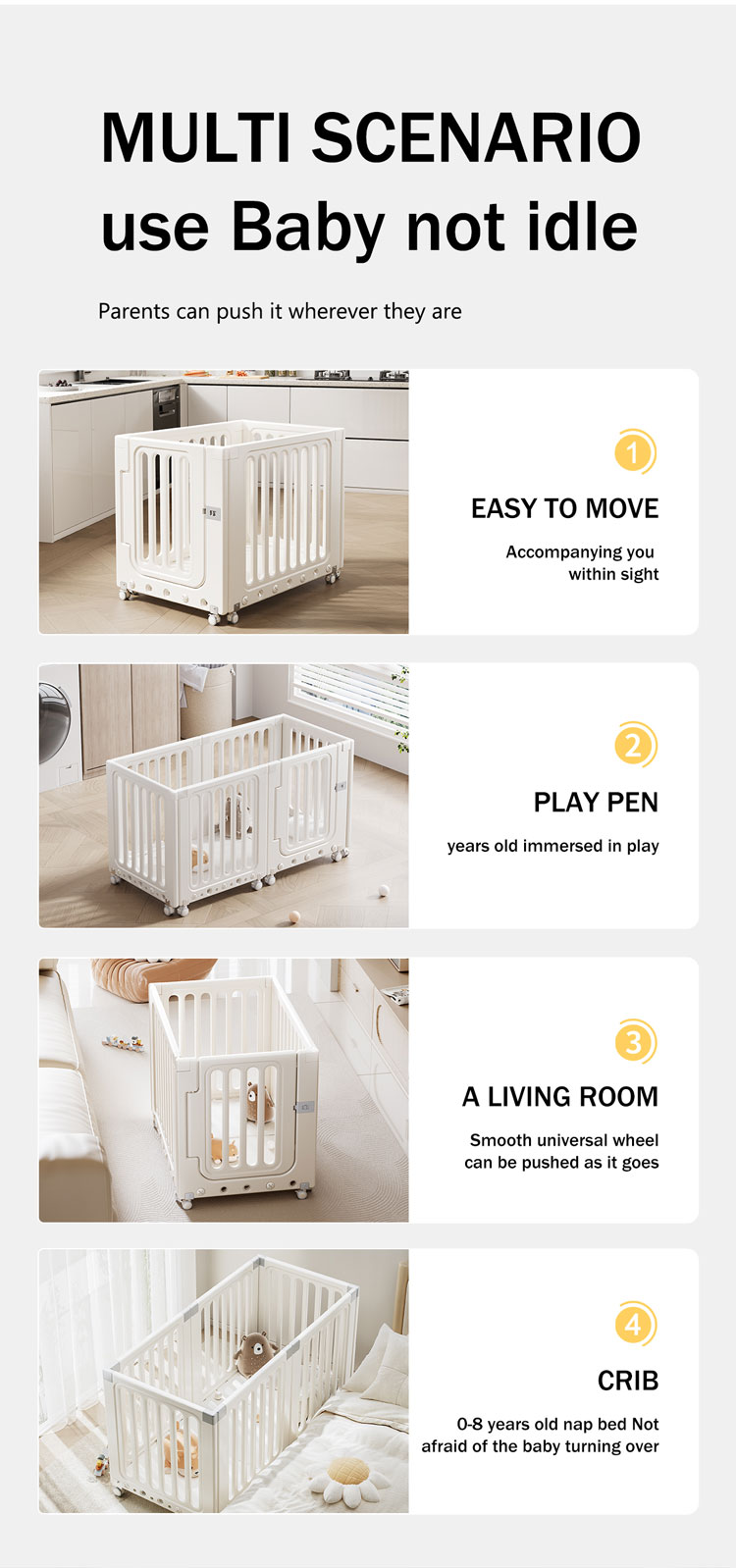
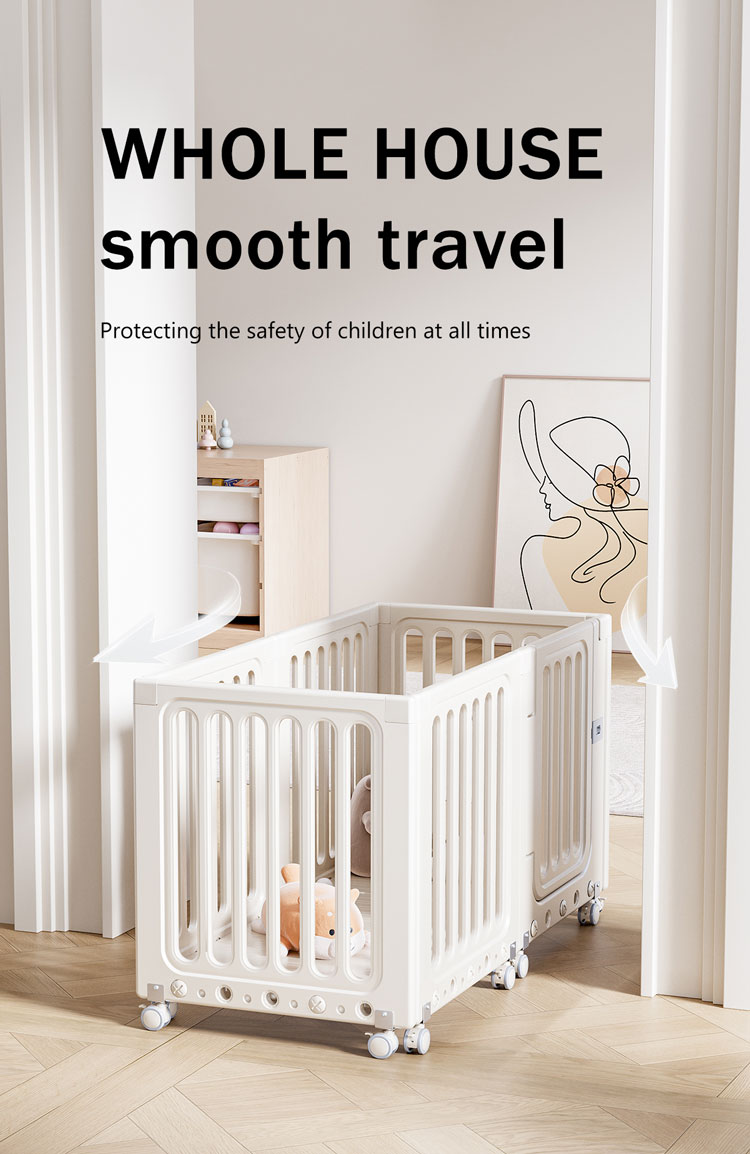
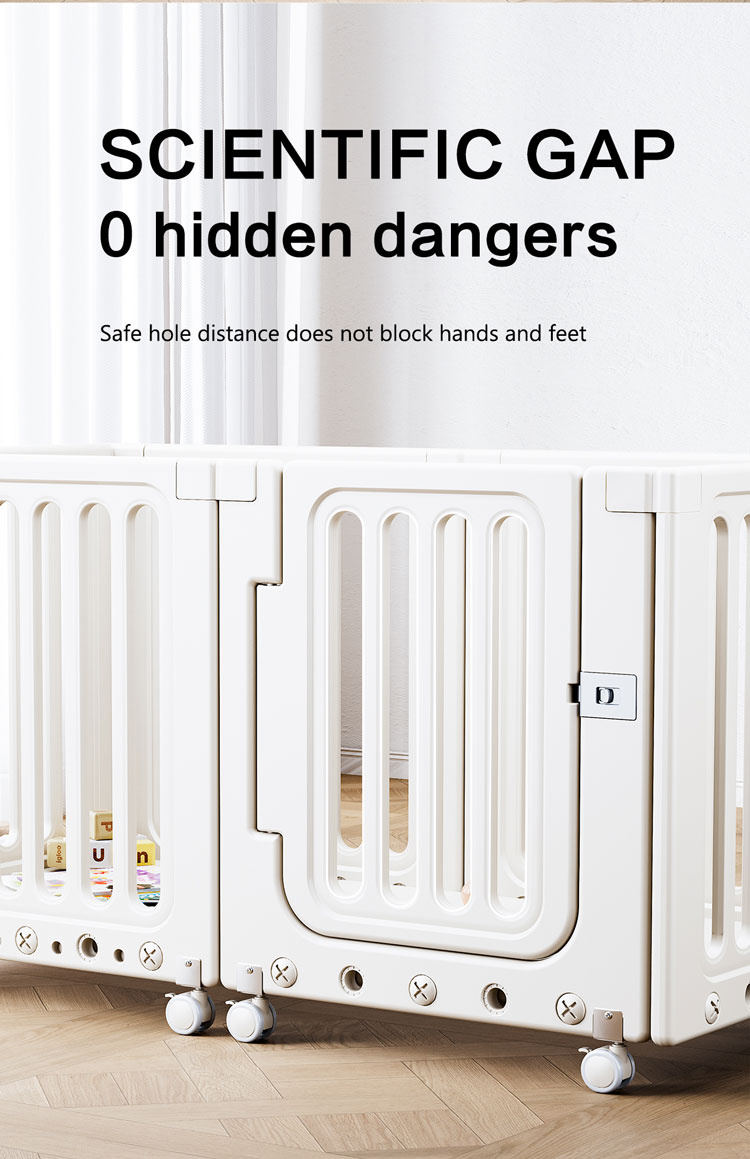
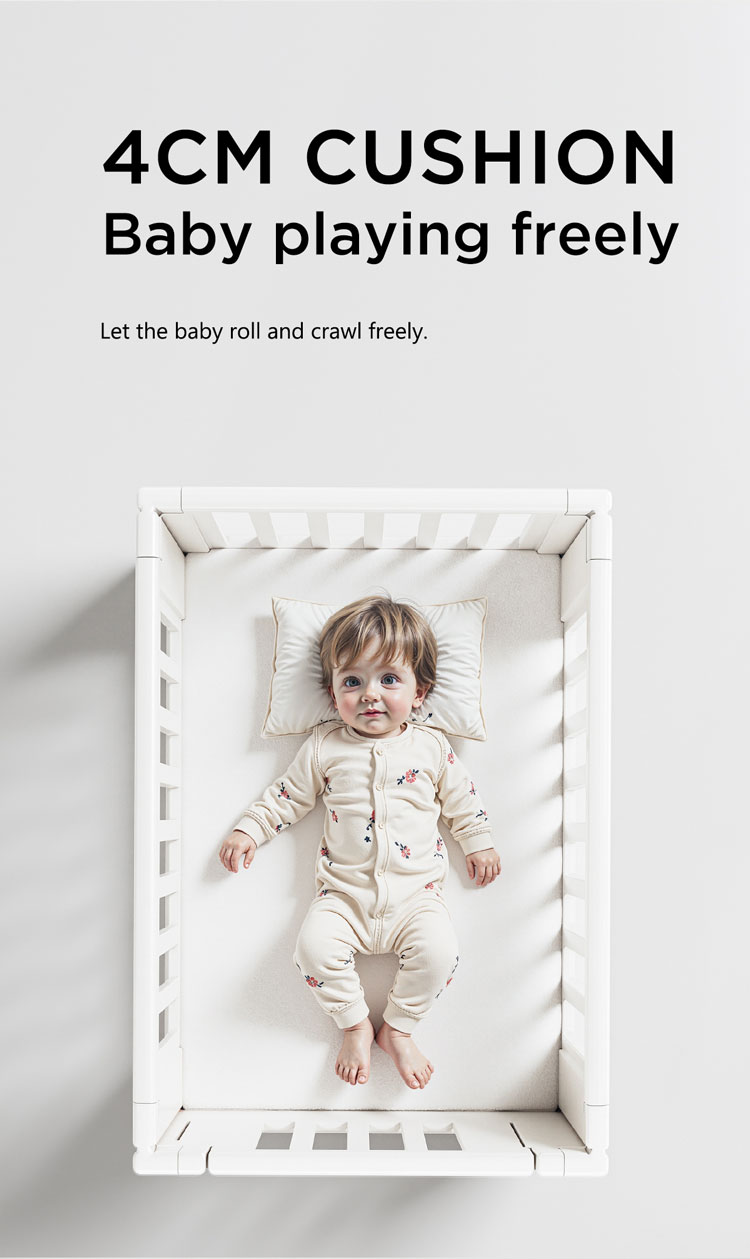
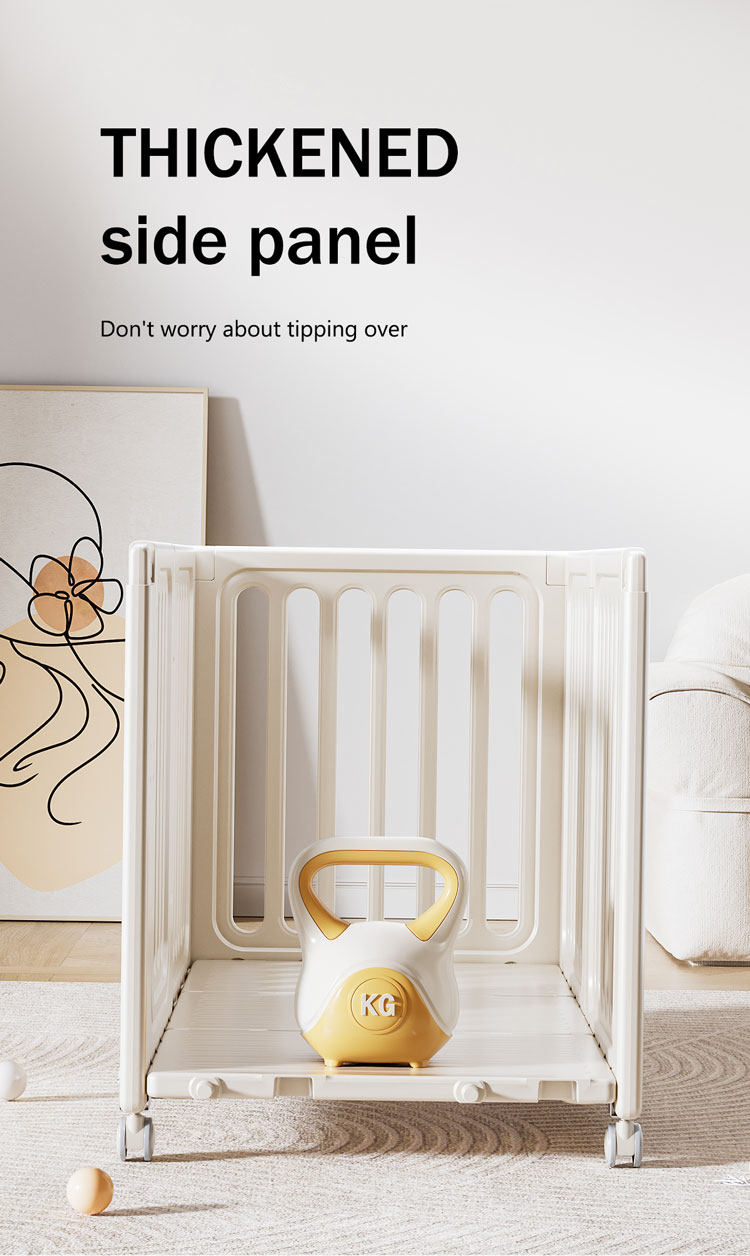
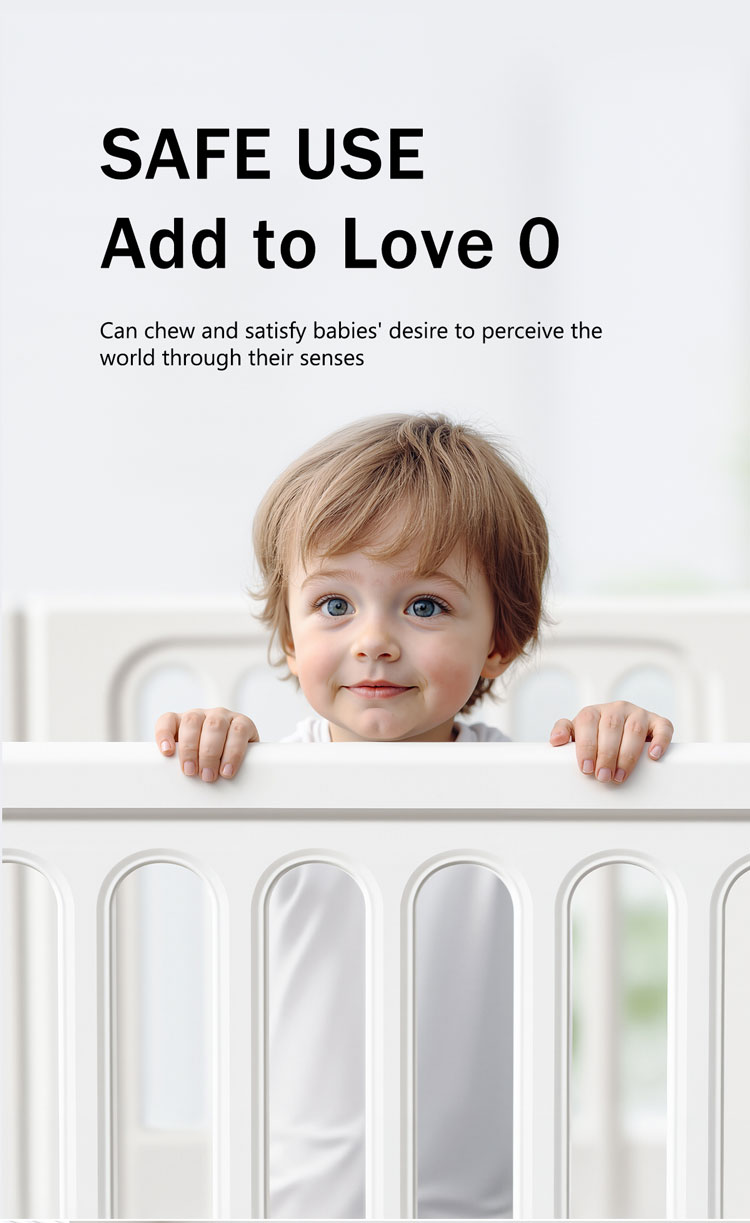
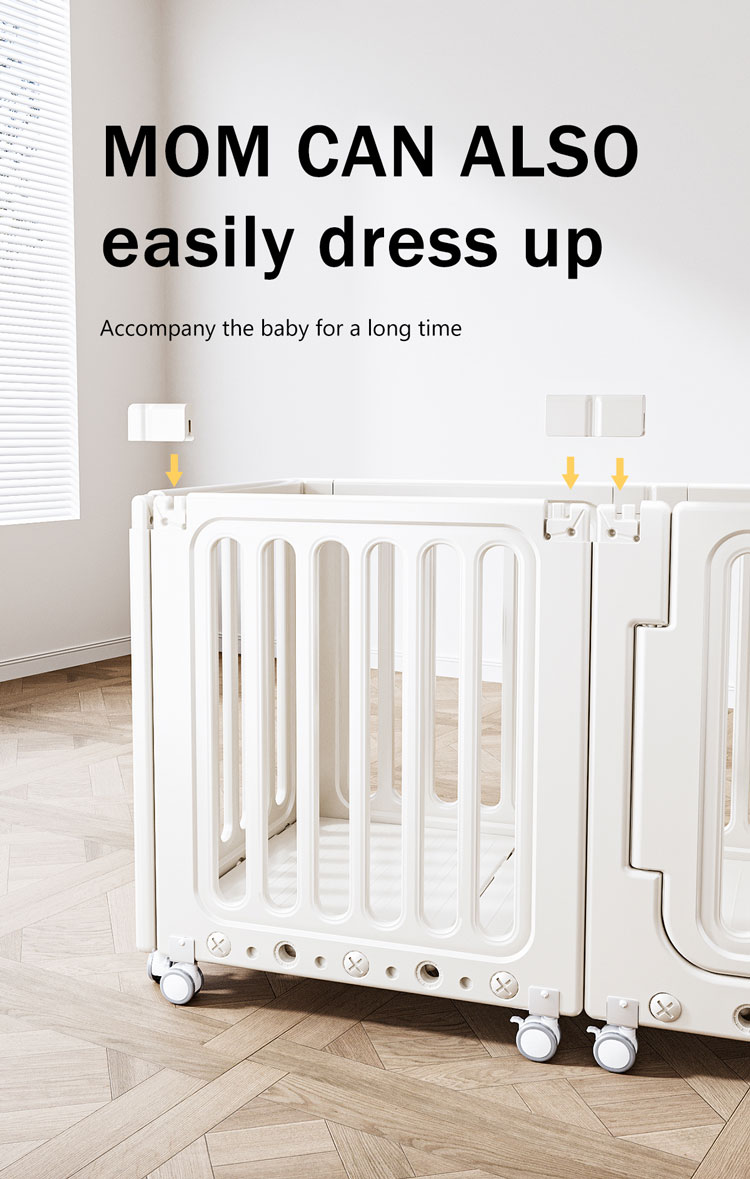
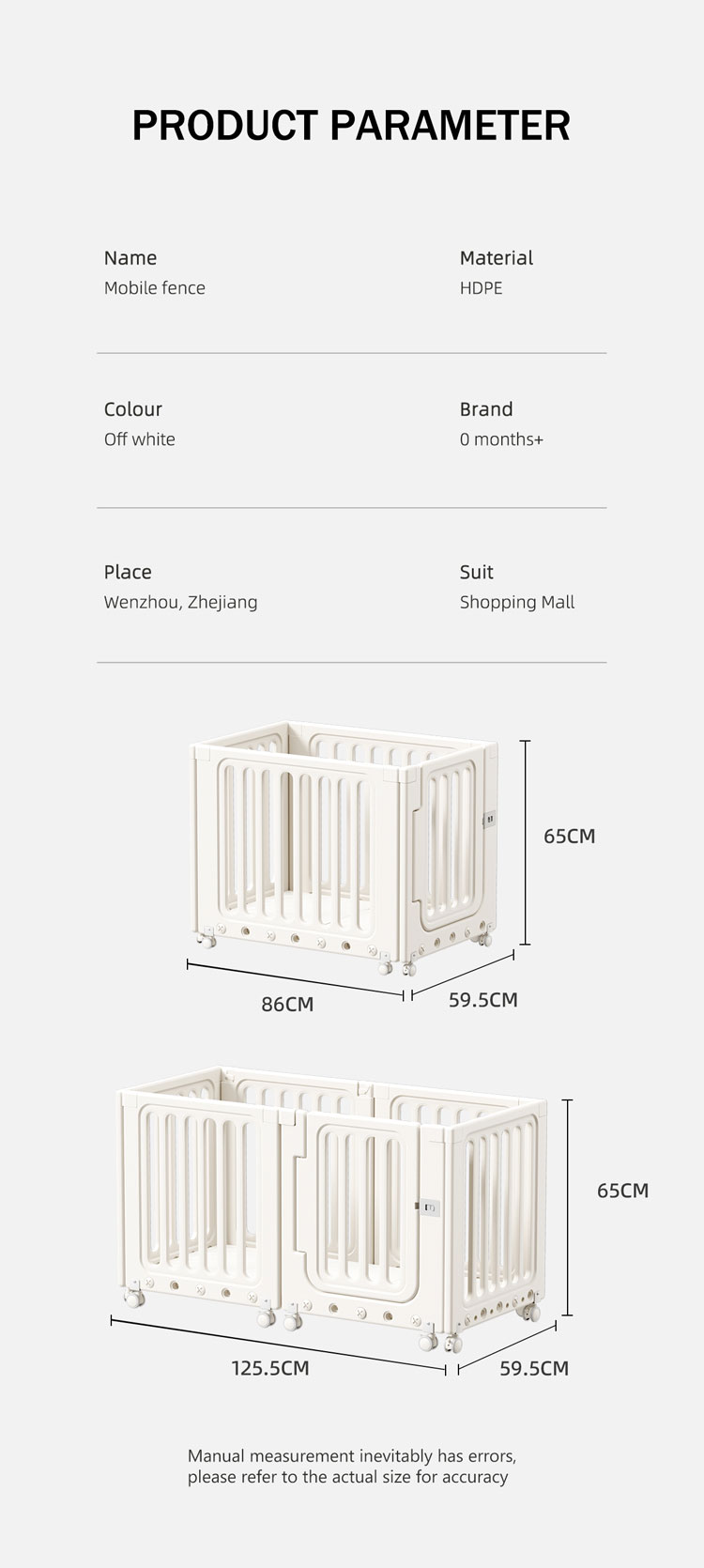



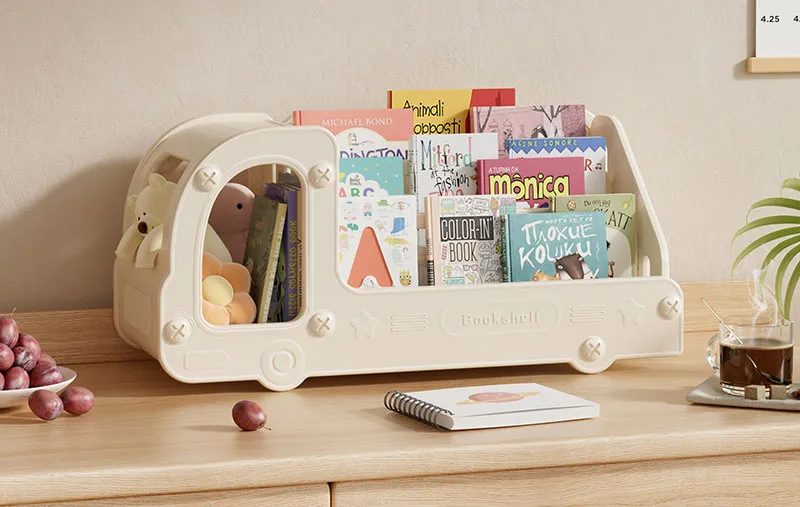
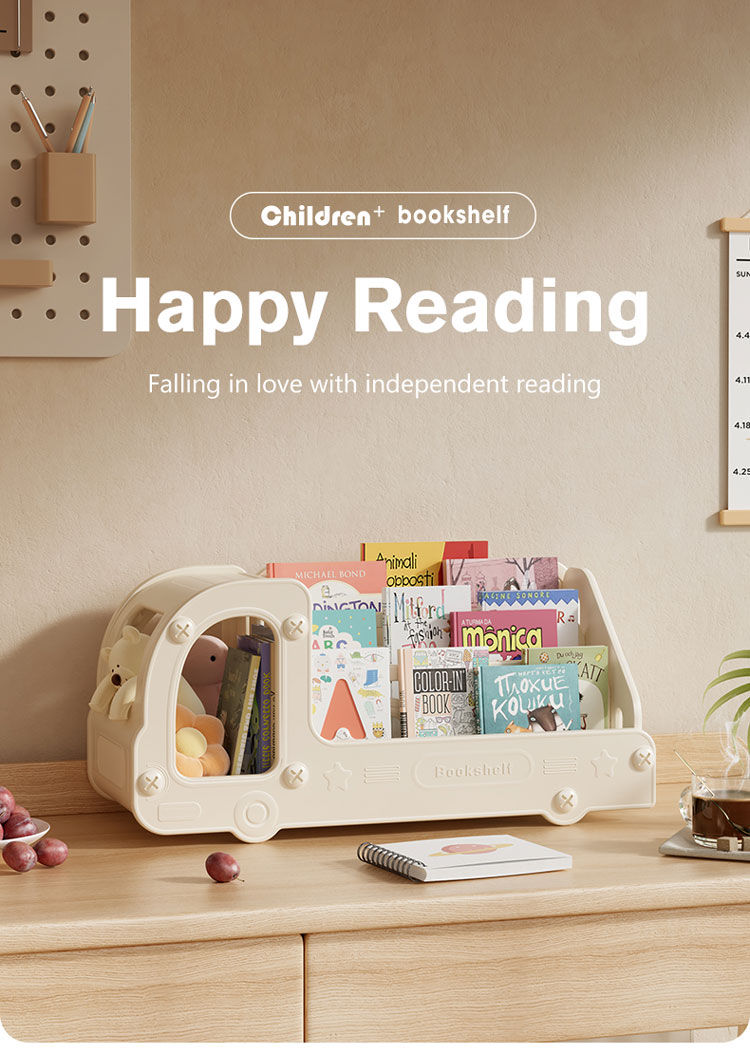
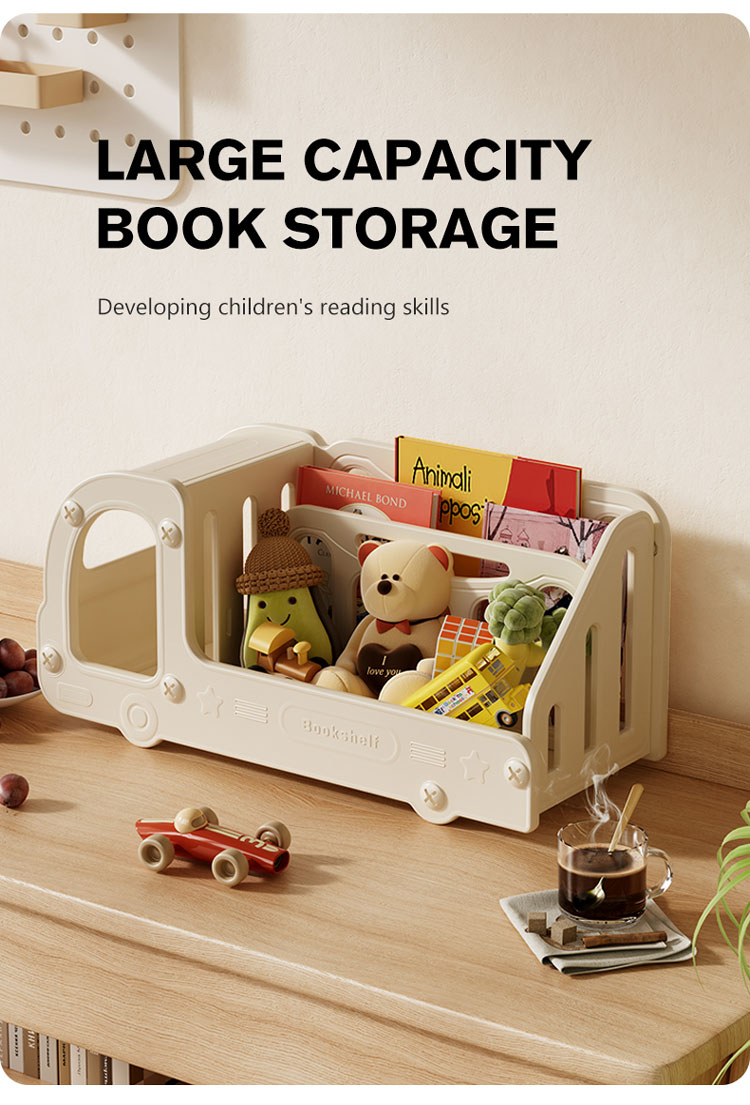
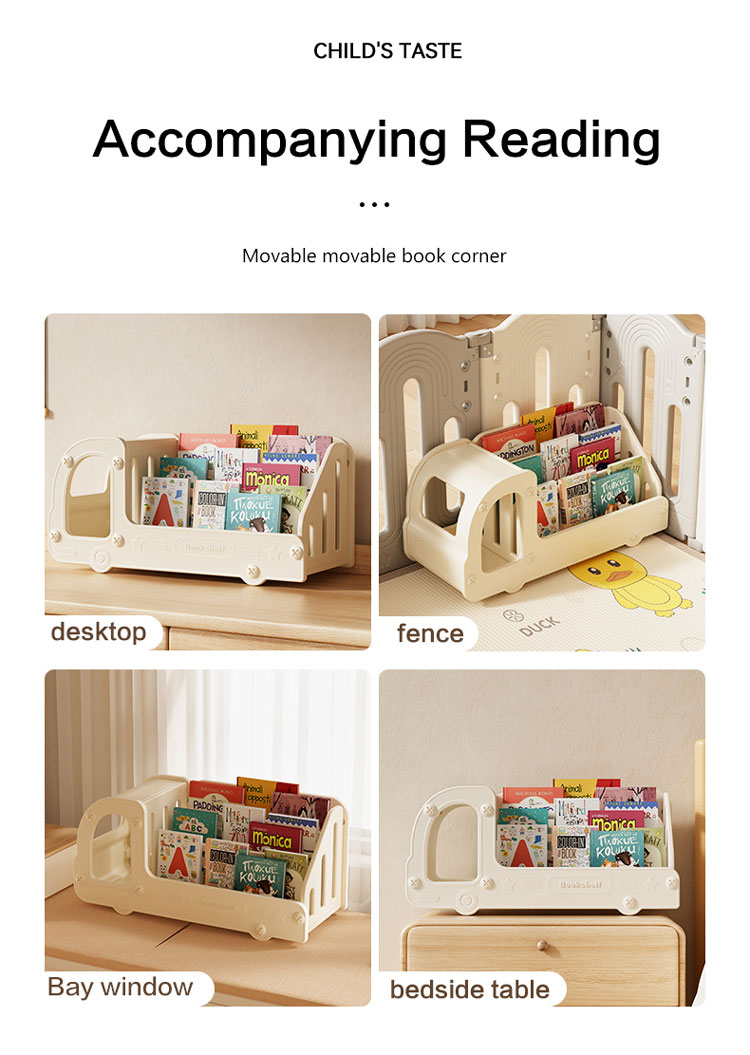
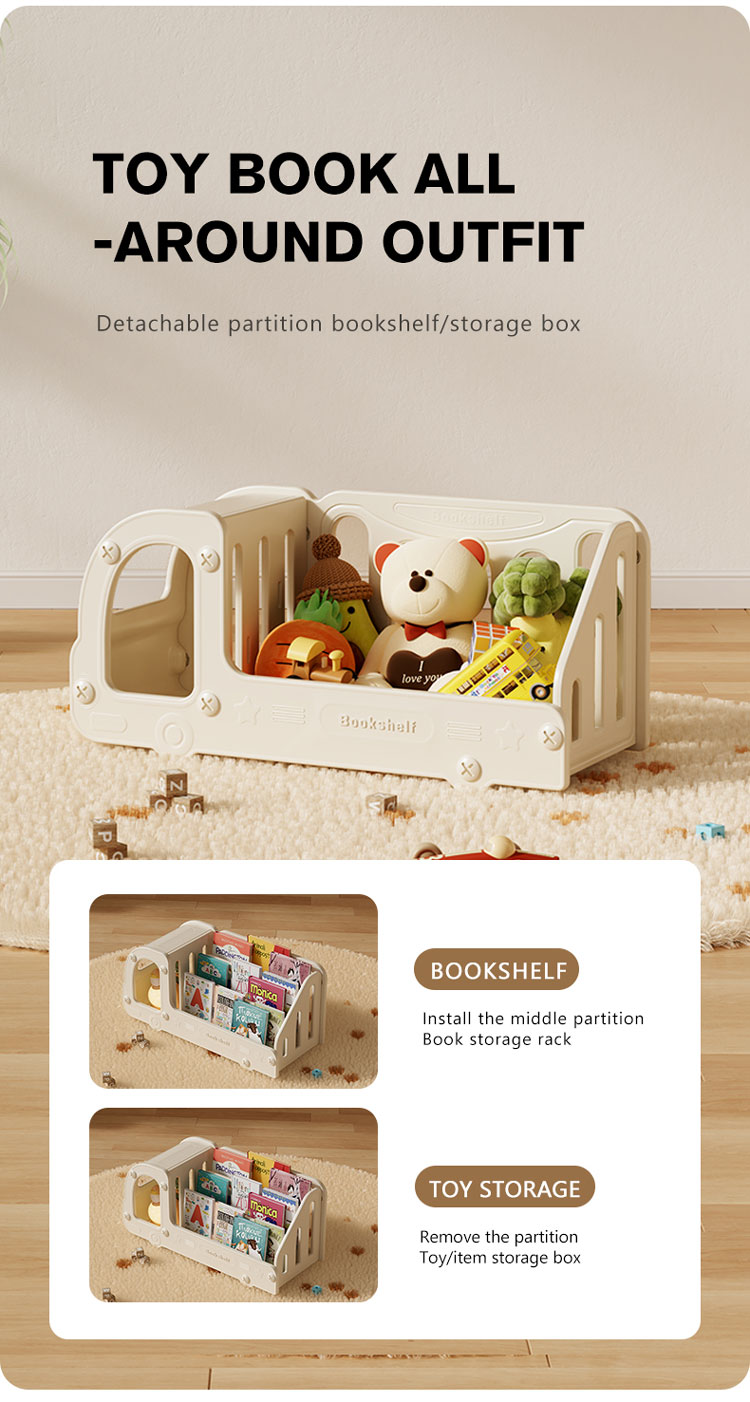
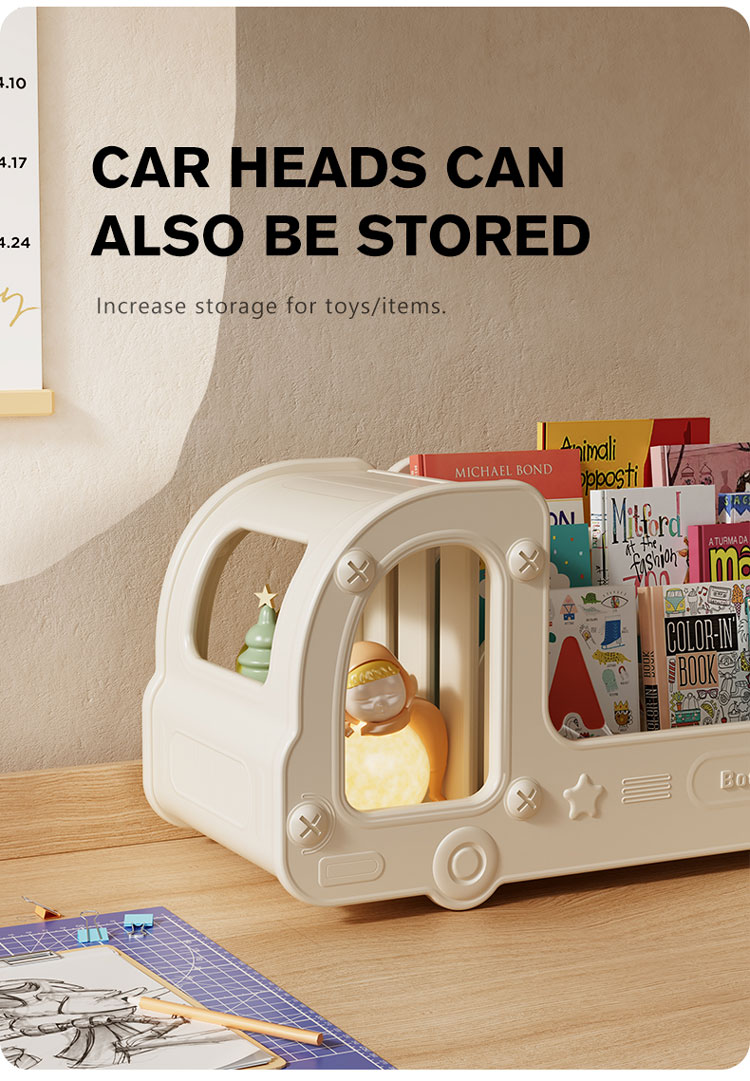
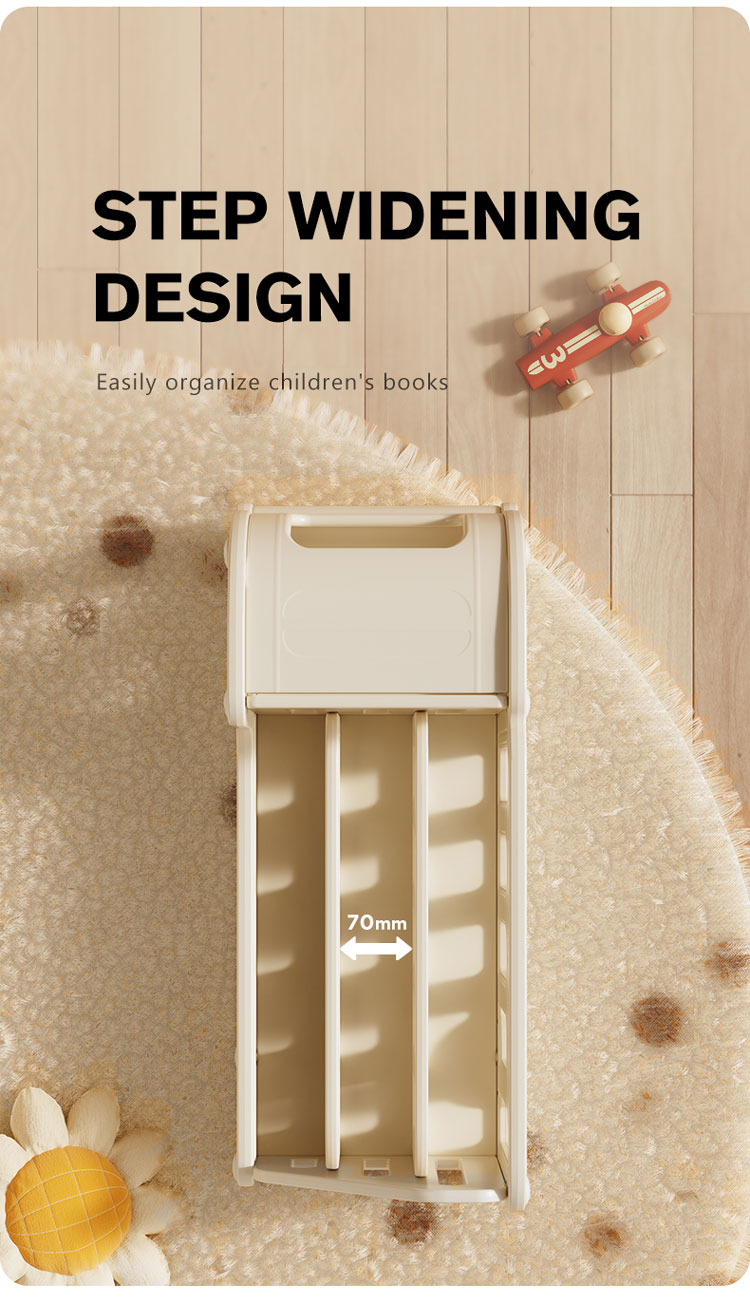
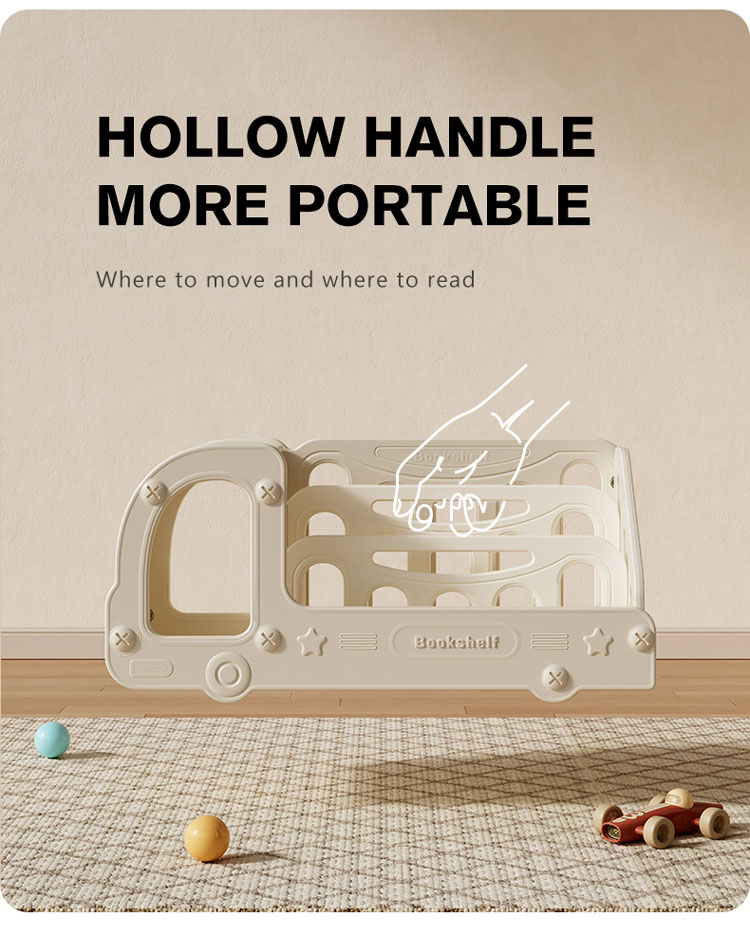
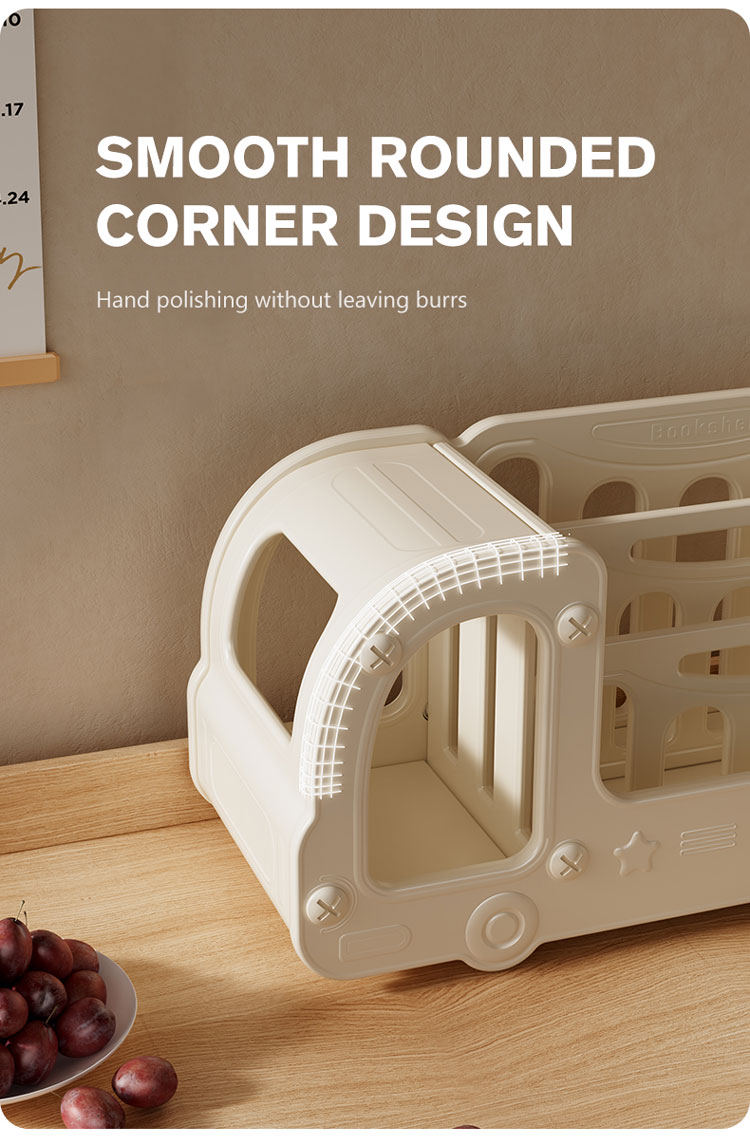
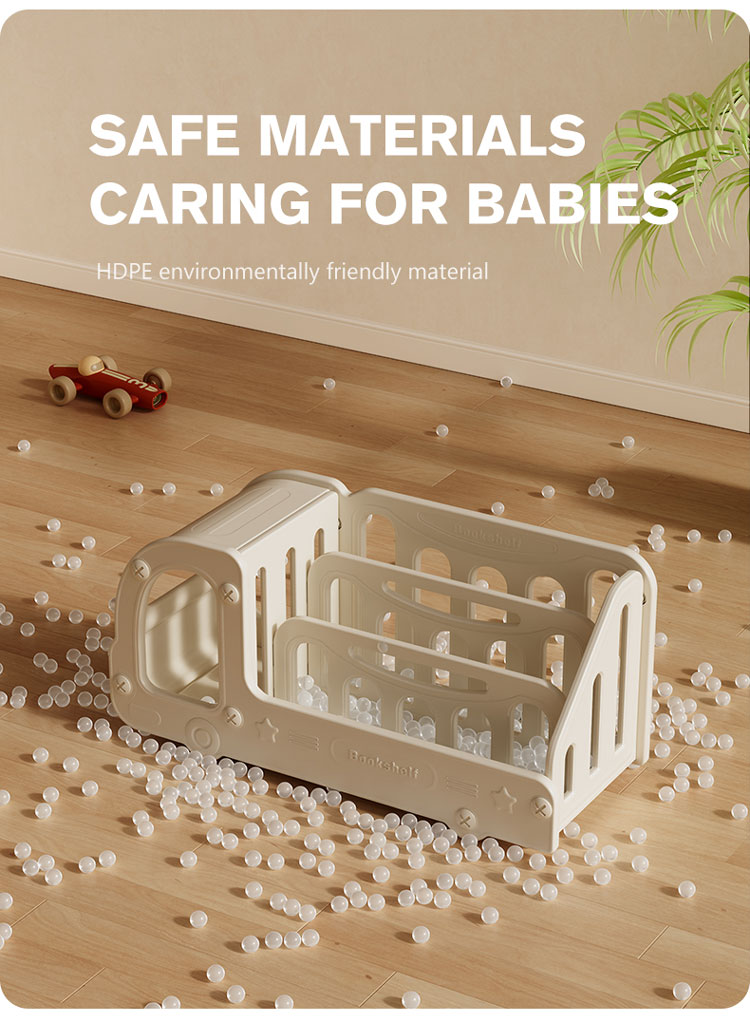
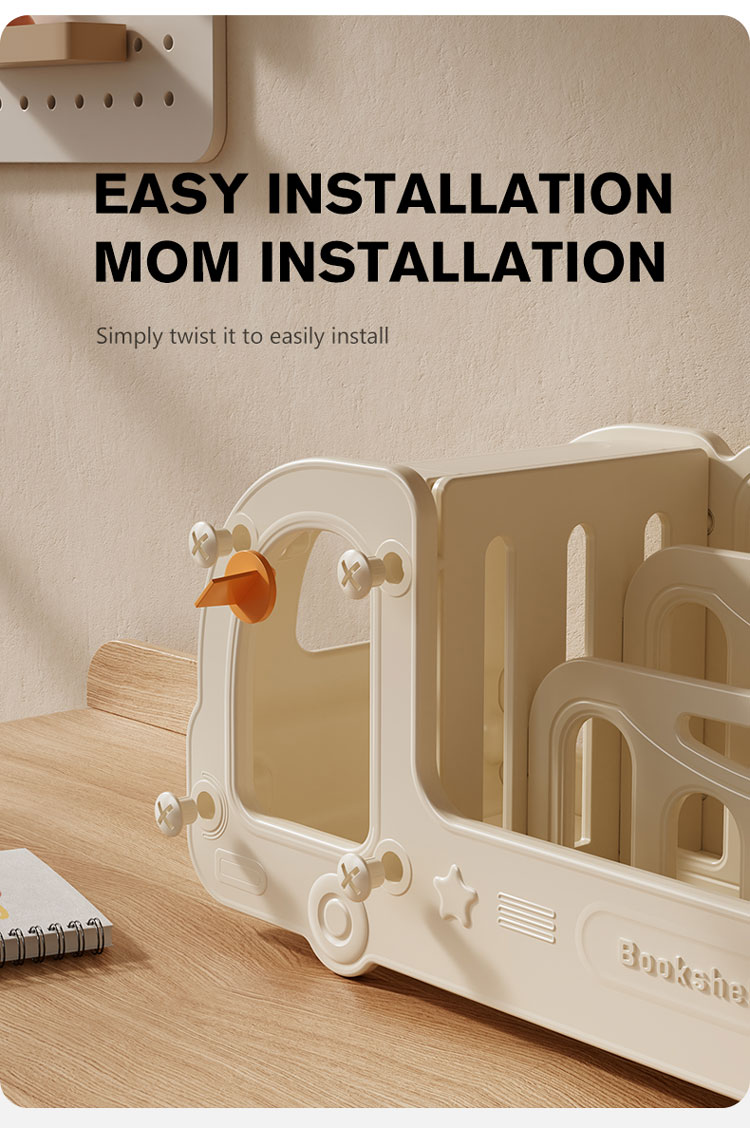
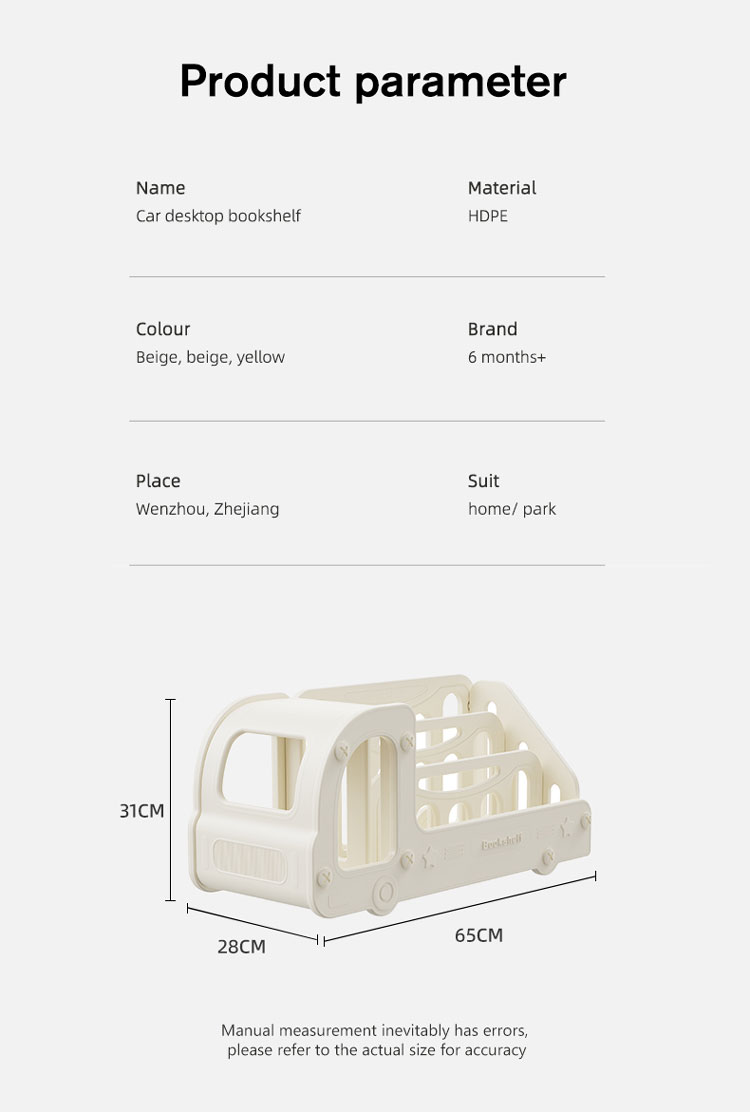
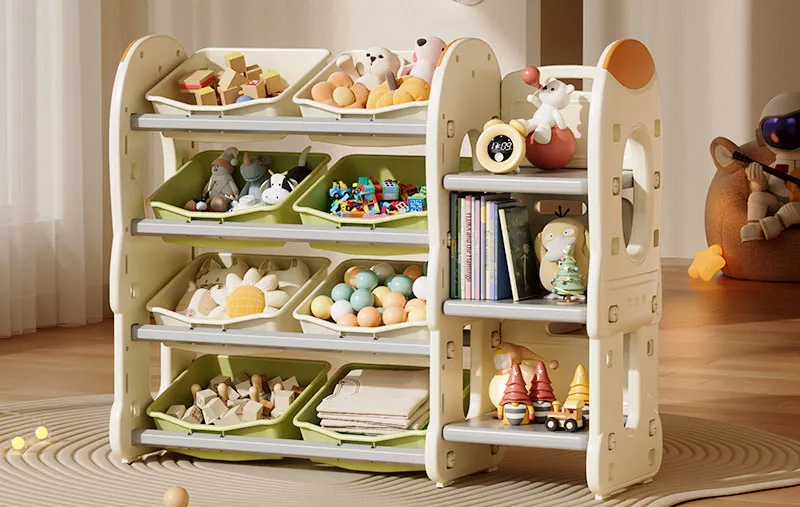
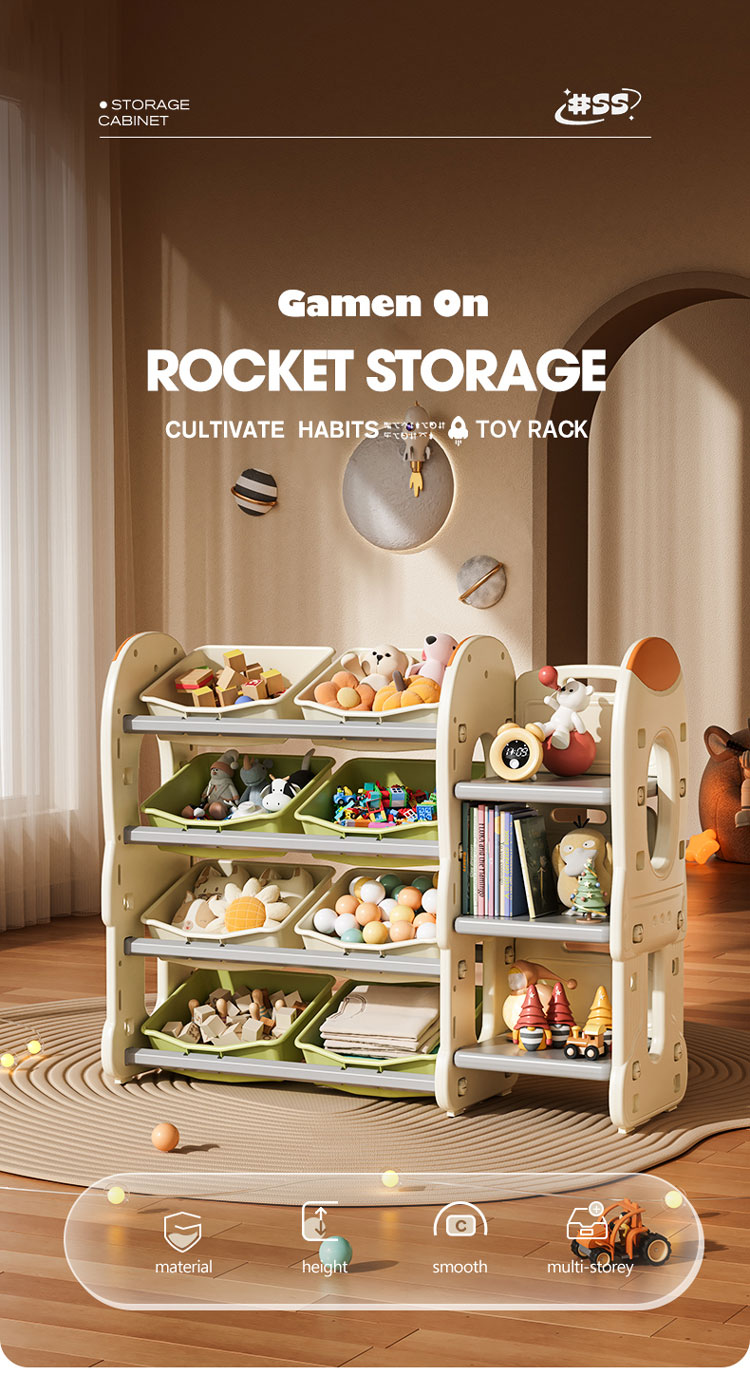
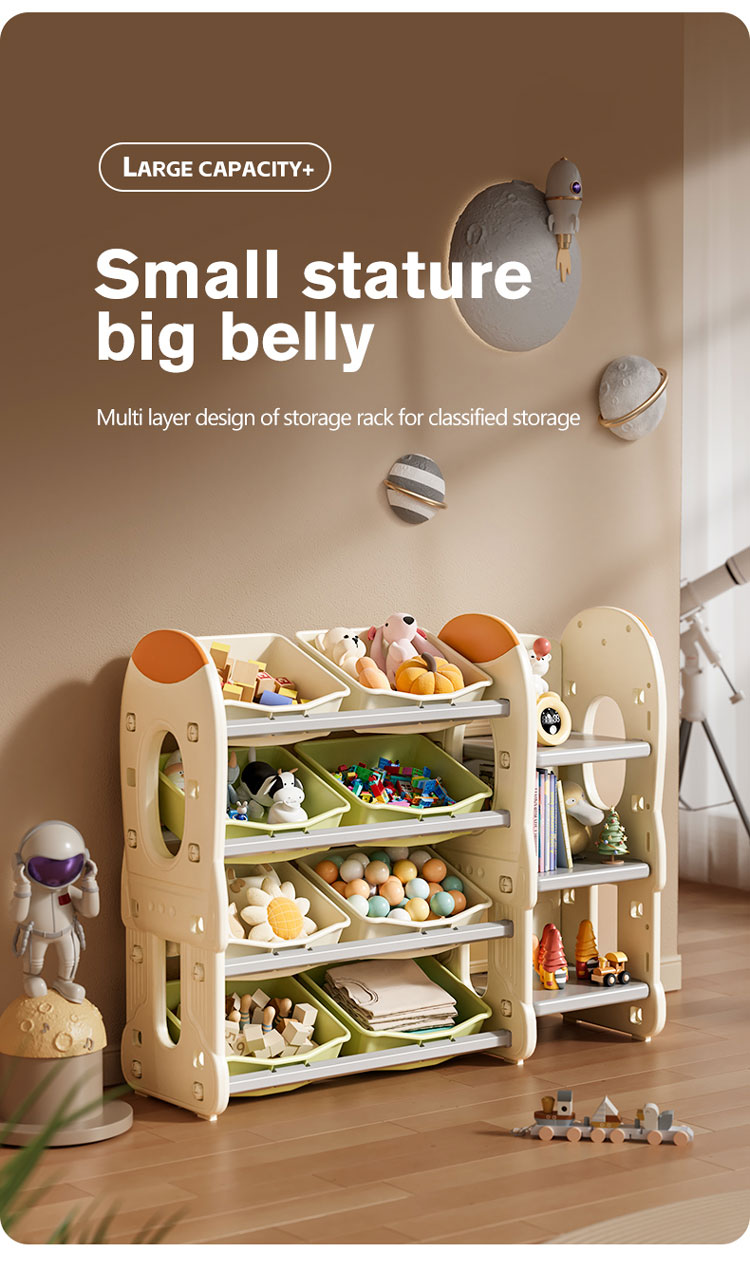
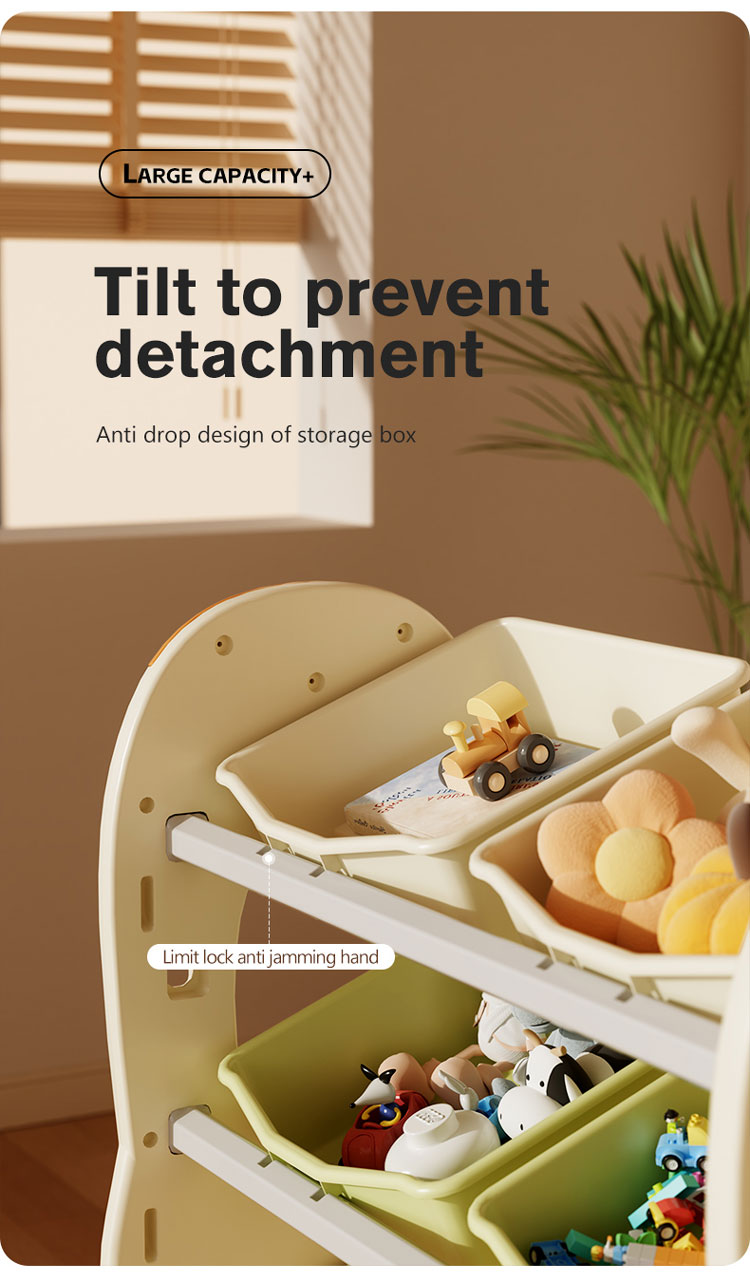
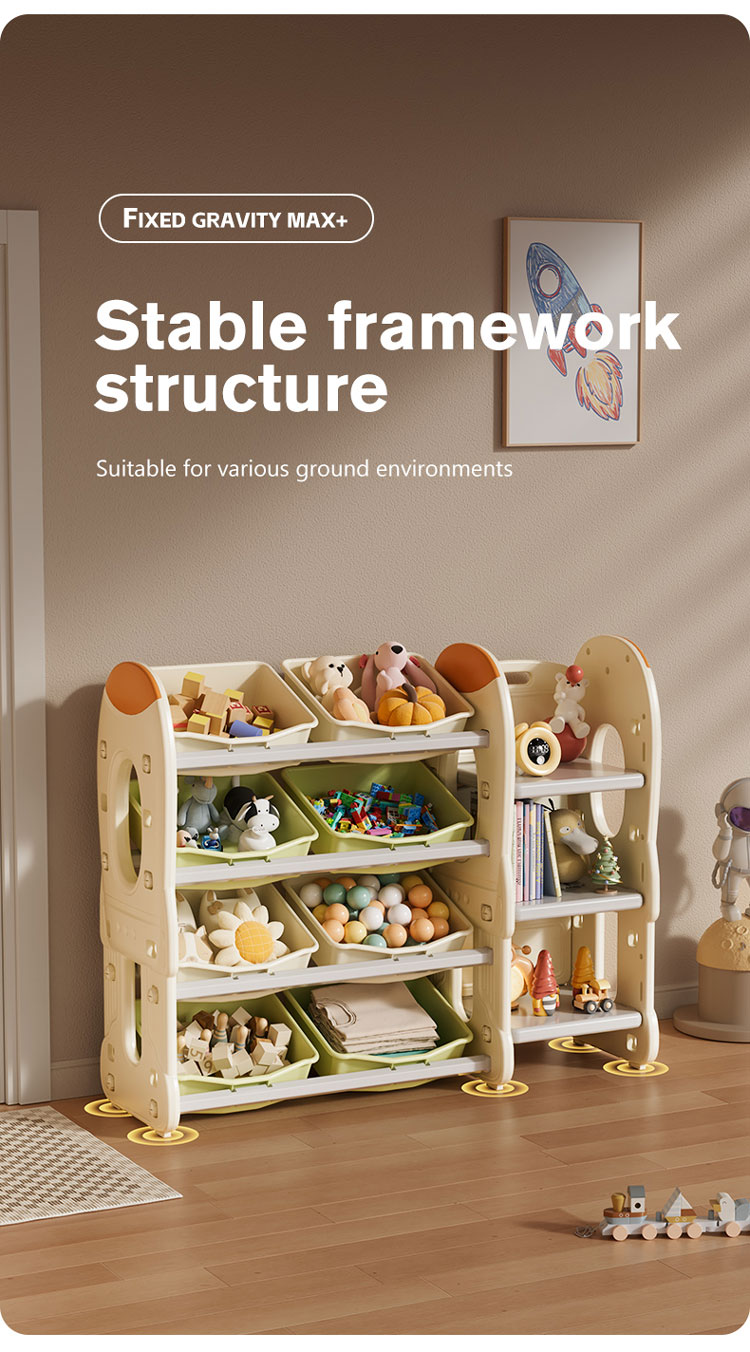
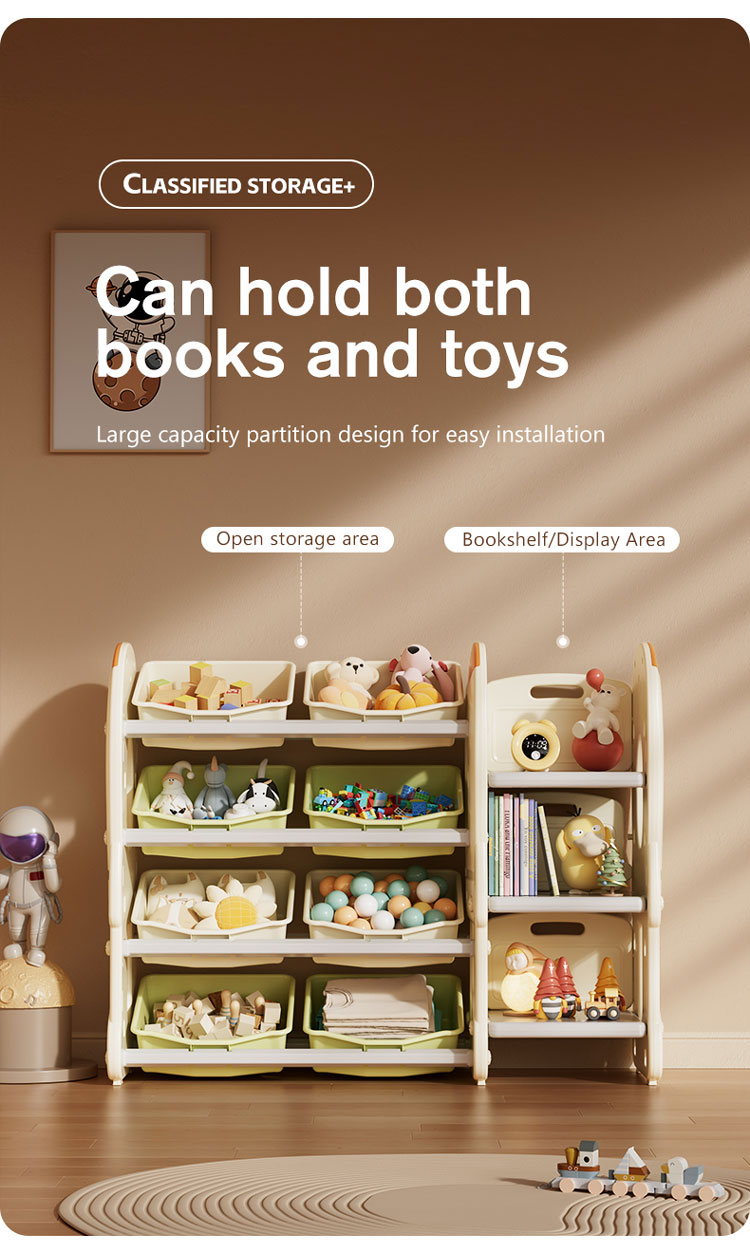
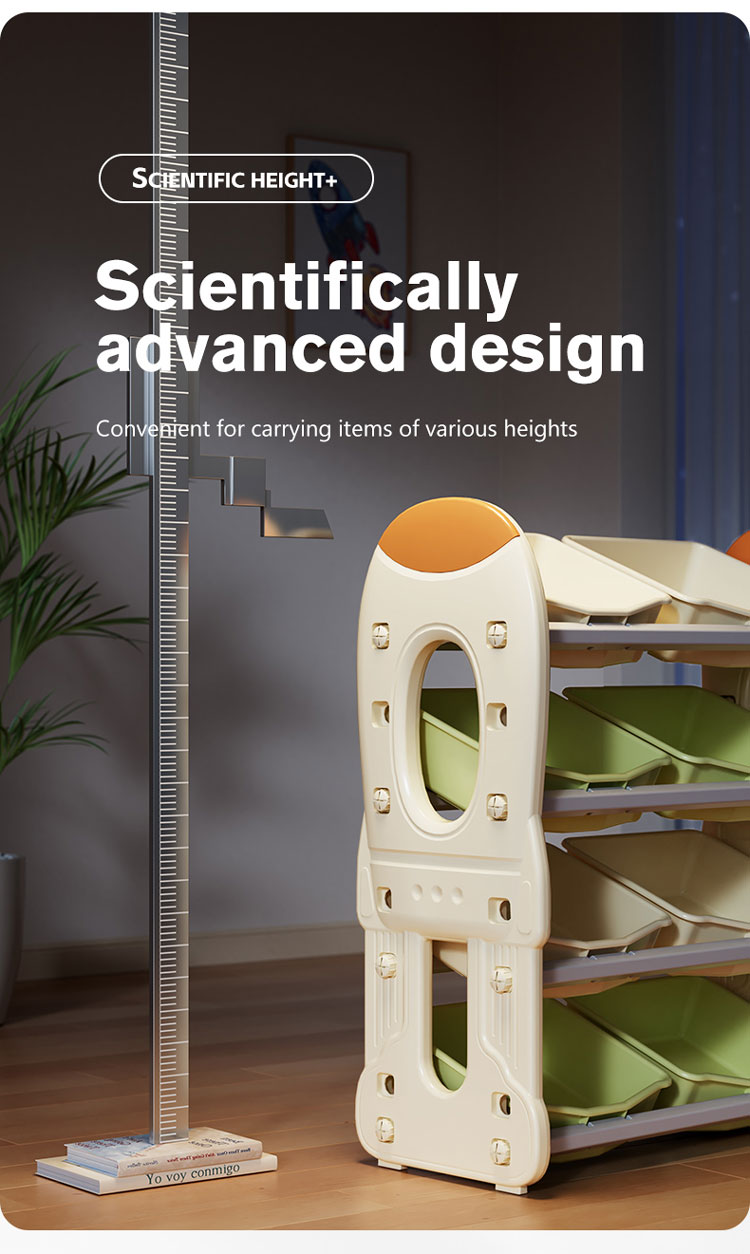
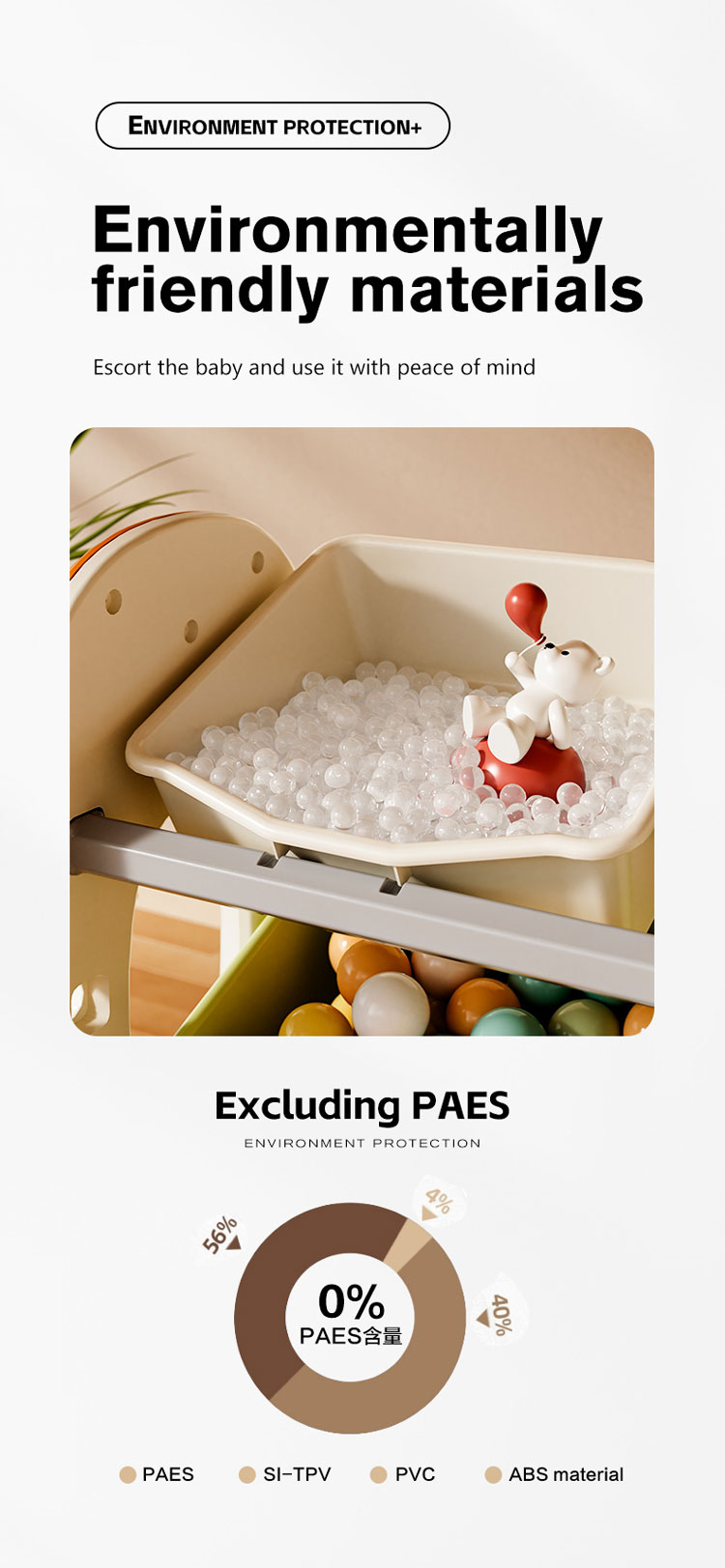
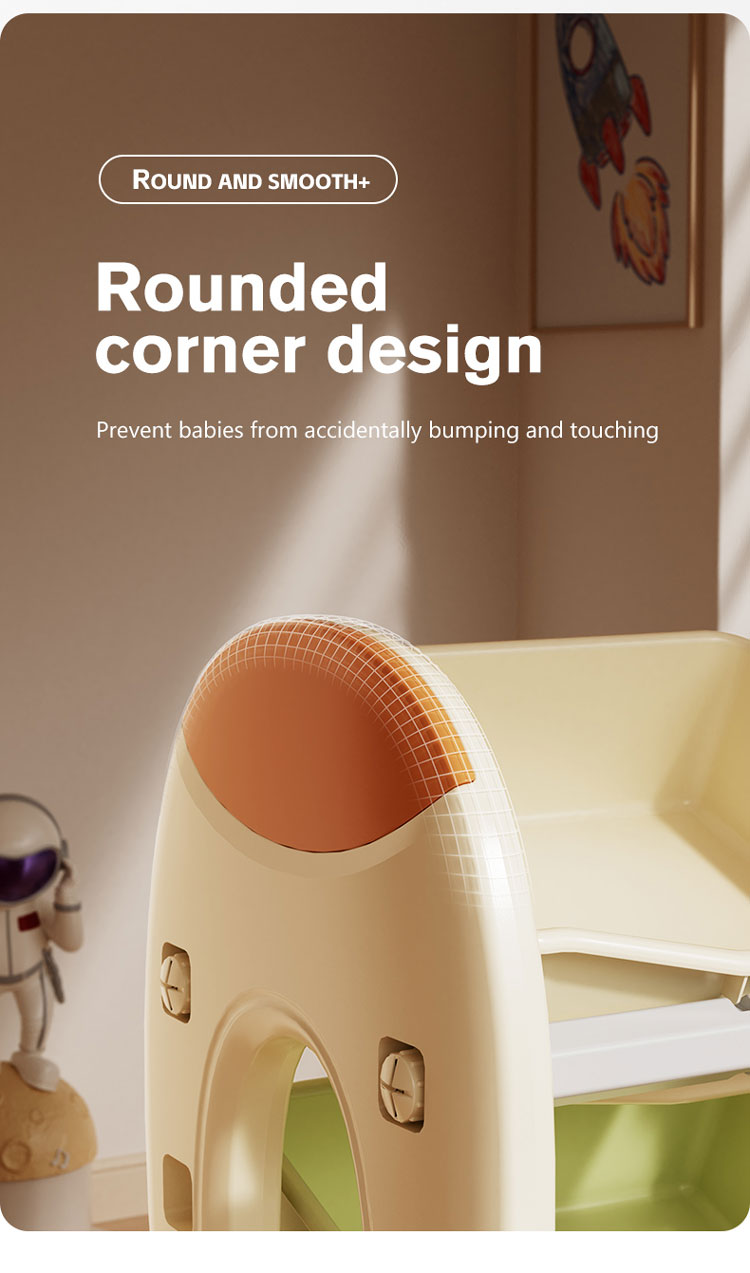
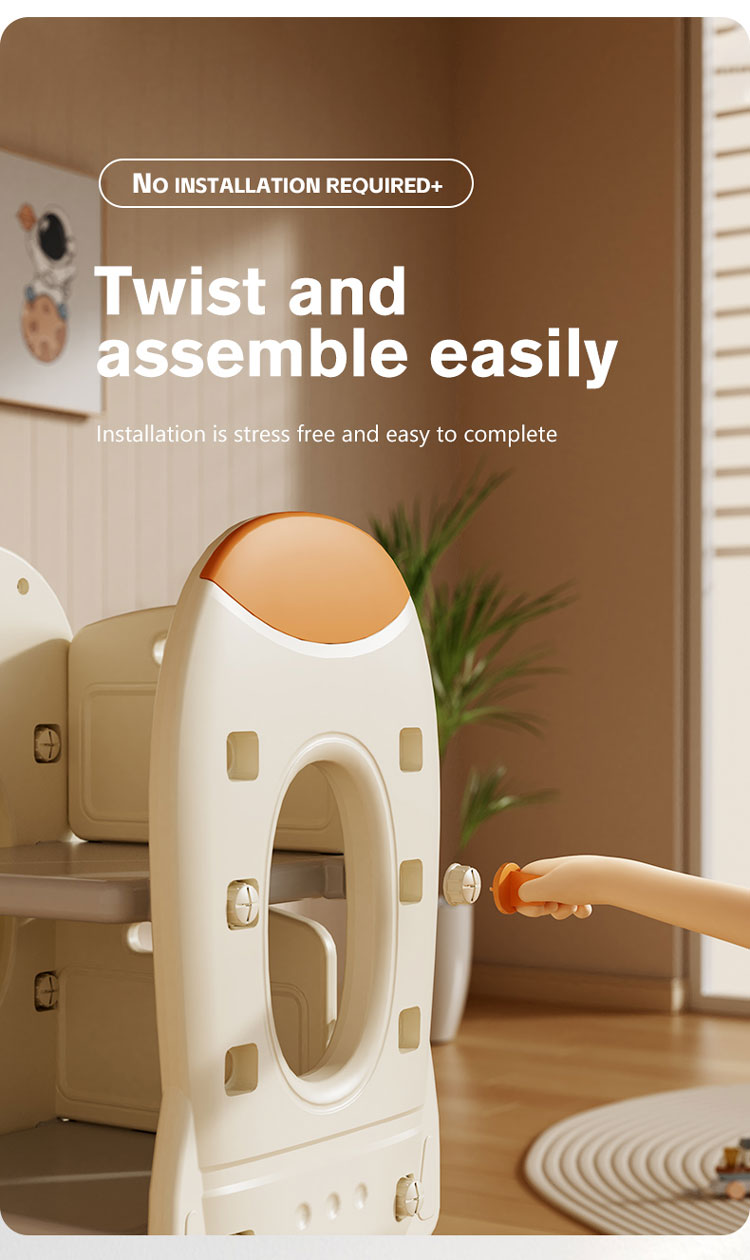
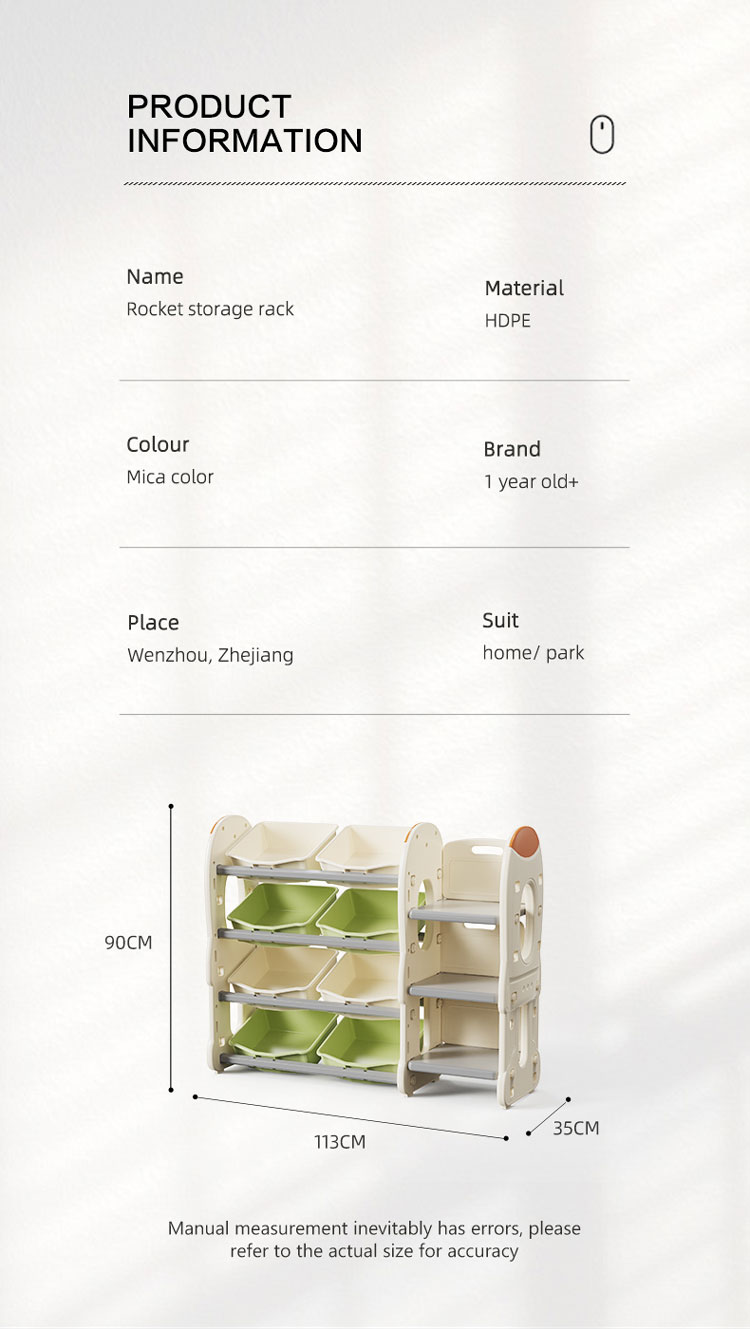
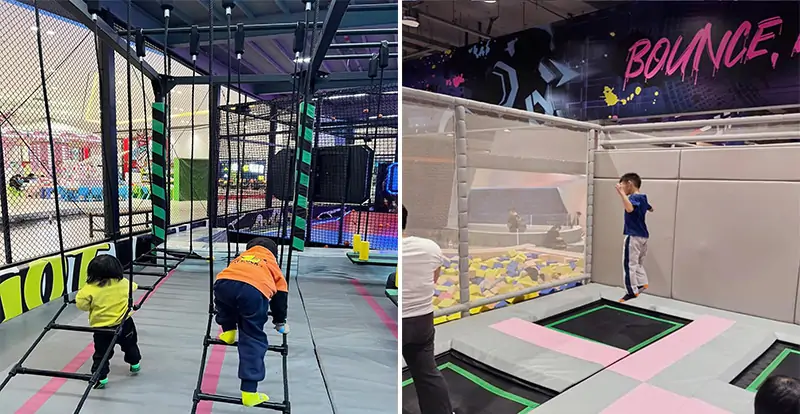
The trampoline park industry has exploded globally, transforming from a niche activity into a mainstream destination for family fun, fitness enthusiasts, and corporate events. For entrepreneurs, it represents a dynamic and potentially lucrative venture. This guide provides a detailed roadmap for launching a successful trampoline park, covering everything from initial conception to daily operations.
The global trampoline park industry is experiencing robust growth, with the market size projected to reach $5.4 billion by 2034 at a CAGR of 16.89%. This boom is driven by three core factors that make it a standout investment opportunity:
1. Rising Demand for Active Entertainment: Over 50% of urban families now prioritize "fun with purpose" activities, and trampolining fits perfectly—burning 400-600 calories per hour while being low-impact. It appeals to a broad demographic: kids aged 5-12 (primary users), teens seeking social spaces, and adults joining trampoline fitness classes.
2. Diversified Revenue Streams: Daily admissions typically account for 60-70% of revenue, but high-margin add-ons boost profitability: birthday parties, corporate team-building packages, private coaching, and branded merchandise. Many parks also partner with local schools for physical education programs, securing recurring income.
3. Scalable Business Model: Entrepreneurs can start with a 200-300 sq.m "micro-park" with a 117k−204k investment, then expand to 500+ sq.m by adding ninja warrior courses or VR trampoline zones as demand grows. This flexibility lowers entry barriers while allowing for long-term growth.
Startup costs vary significantly based on size, location, market, and the quality/quantity of attractions. Here’s a general breakdown:
Small Facility: Initial investment typically ranges from $300,000 to $600,000.
Medium-Standard Facility: Investment usually falls between $700,000 and $1.5 million.
Large Entertainment Center: Costs can exceed $2 million.
Key Cost Components Include:
Real Estate & Build-Out: Lease deposits, architectural design, construction, flooring, lighting, ventilation, and themed decor.
Equipment & Installation: The single largest expense, covering trampolines, foam pits, play structures, and safety padding.
Licensing, Permits & Insurance: Essential for operation. Liability insurance is a major recurring cost due to the activity's nature.
Pre-Opening & Working Capital: Covers marketing campaigns, initial staff training, inventory, and operating expenses for the first 3-6 months.
A solid business plan is your blueprint for success. It should detail:
1. Executive Summary & Company Description: Outline your vision, mission, and the park's unique value proposition.
2. In-Depth Market Analysis: Research local demographics, identify direct/indirect competitors, and assess demand gaps.
3. Marketing & Sales Strategy: Define your target audience, pricing model, and promotional tactics (digital marketing, community partnerships, grand opening events).
4. Detailed Financial Projections:
Revenue Forecasts: Model income from all streams (admissions, parties, F&B).
Expense Budgets: Itemize fixed (rent, salaries) and variable (utilities, supplies) costs.
Break-even Analysis & Funding Request: Project your path to profitability and specify required investment.
5. Operations & Management Plan: Describe day-to-day operations, management structure, and critical safety protocols.
Quality equipment is non-negotiable for customer safety, enjoyment, and long-term durability. Essential attractions include:
Main Court Areas: Connected wall-to-wall trampolines, basketball slam dunk lanes, and dodgeball courts.
Challenge & Adventure Zones: Foam pits, ninja warrior obstacle courses, rock climbing features, and battle beams.
Dedicated Kids' Zone: Age-appropriate soft play structures, mini-trampolines, and slides.
Critical Safety Infrastructure: High-impact padding, perimeter netting, anti-slip flooring, and comprehensive surveillance systems.
Introducing a Reliable Supplier: Ningke Trampoline Park Equipment
When sourcing equipment, partnering with an experienced manufacturer like Ningke can provide significant advantages:
Customized Layout Design: They offer modular and flexible design solutions to maximize your unique floor plan and theme.
Premium Safety Engineering: Ningke equipment is manufactured with reinforced heavy-duty frames, high-performance jump beds, and superior padding that meets or exceeds international safety standards (ASTM, TÜV).
Themed Aesthetic Packages: They provide creative thematic packaging options to help your park stand out with a distinctive and immersive atmosphere.
Turn-Key Project Support: From initial concept and 3D rendering to manufacturing, installation, and staff training, Ningke offers end-to-end service to streamline your opening process.
Key Roles to Hire: General Manager, Operations Supervisor, Court Monitors/Safety Marshals, Front Desk Associates, Party Hosts, Maintenance Technicians, and Café Staff.
Comprehensive Training Focus:
Rigorous Safety Protocol: All staff, especially monitors, must be certified in CPR/First Aid and thoroughly trained in emergency procedures, rule enforcement, and proactive hazard spotting.
Exceptional Guest Service: Training should emphasize engagement, conflict resolution, and upsell techniques for parties and memberships.
Activity Leadership: Staff should be skilled in organizing and leading games, competitions, and group events to enhance the guest experience.
Opening a trampoline park is a high-potential venture in the booming active entertainment industry, but success hinges on three critical pillars: 1. a data-driven business plan that addresses local demand and competitive gaps, 2. uncompromising safety (via certified equipment like Ningke and trained staff), and 3. operational efficiency to maximize revenue streams. By leveraging Ningke’s cost-effective, customizable solutions and implementing strategic marketing and pricing, entrepreneurs can tap into the $5.4B global market and build a sustainable business that resonates with families, teens, and fitness enthusiasts alike. With the right planning, a trampoline park can become a community hub and a profitable long-term investment.
Q1. What licenses are required to open a trampoline park?
A: Core licenses: Business registration, health permit (for snack bars), fire safety certification, and equipment inspection certificate (per local regulations). For international markets, CE certification (EN 1176-10) is mandatory for Europe, and ASTM F2970 for the US. Processing time: 3–6 months.
Q2. How long is the investment payback period?
A: Typically 18–36 months for small-scale parks and 24–36 months for mid-scale parks. Factors like location (urban areas with high foot traffic), marketing efforts, and group booking volume can shorten this to 12–24 months.
Q3. How to ensure safety and reduce liability risks?
A: Use certified equipment (e.g., Ningke’s ASTM/CE-compliant products), enforce strict capacity limits, require grip socks, train staff in first aid, and purchase comprehensive liability insurance. Post visible safety rules and install CCTV cameras to monitor zones.
Q4. What makes Ningke’s equipment unique compared to other brands?
A: Ningke stands out for global safety compliance, modular customization (adaptable to venue size and theme), long warranties (reducing maintenance costs), and end-to-end support (from design to after-sales). Their equipment is also designed for durability, with rust-resistant frames and tear-proof mats.
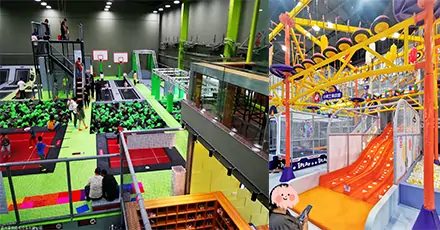
Our complete service process is as follows: market research → on-site measurement → layout planning & 3D design → quotation → contract signing → production → transportation → installation → operational support.
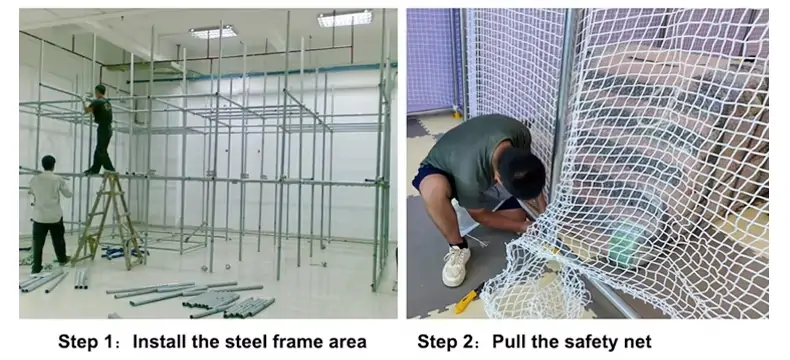
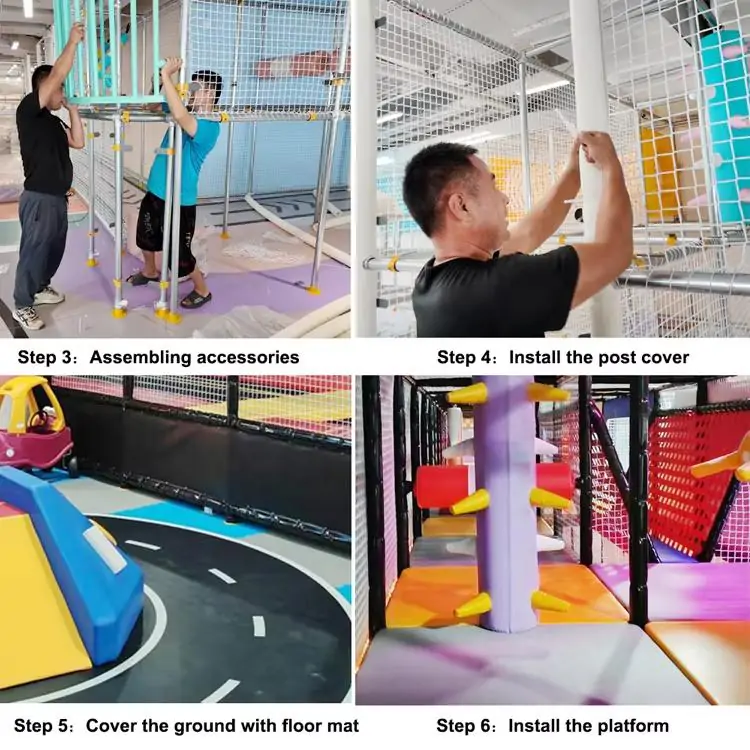
We offer 100% free, fully customized designs based on your venue specifications. A new design concept is typically delivered within 2-3 business days. You have full flexibility to customize the theme, size, color scheme, product functions, and even incorporate licensed IP.
To ensure a perfect fit for your custom design, we require accurate site information. Please provide a floor plan marked with key details, including: clear height (from the lowest beam or sprinkler to the floor), entrance location, column dimensions and spacing, and the locations of washrooms, storage areas, and fire exits.
As a direct manufacturer, we provide high-quality indoor playgrounds at highly competitive prices. Our standard price range is $42-90 per square meter. For equivalent design and quality, our prices are typically 10%-20% lower than most other manufacturers and distributors.
The standard production lead time is 10-30 days, depending on the project design. For urgent or smaller orders, we can expedite the process to complete production within 7-10 days.
A: For clients who prefer self-installation, we provide comprehensive support starting with 3D installation drawings tailored to each venue. Prior to delivery, we conduct a full trial assembly at our factory and supply detailed photo/video guides for step-by-step instructions. We do arrange for a professional technical supervisor to guide their team online throughout the entire process until completion.
B: For clients requiring full service, we can dispatch our technical engineers to your site for professional installation.
We can offer free tailored operational guidance to help our clients' indoor amusement park succeed. We can providing free customized operation manuals for our clients, and if needed we still provide on-site dispatch of professional consultants who can train their team and optimize park management for maximum profitability.

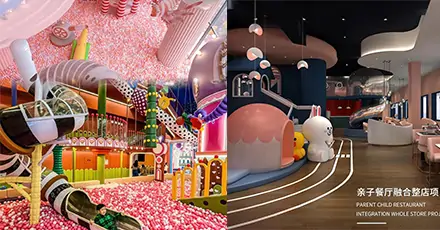
The laughter of children echoing through an indoor playground is a universal sound of joy. For parents, it represents a space for growth and social fun. For operators, it’s the core of their business. Yet, beneath this vibrant surface lies a critical question every stakeholder must ask: Is this colorful wonderland truly a fortress of safety and hygiene?
At WENZHOU NINGKE TECHNOLOGY CO.,LTD, we believe genuine fun can only be built on an unshakable foundation of trust. We understand the silent concerns that keep modern parents awake and the operational nightmares that haunt professional operators. Let’s address them head-on.
The challenges for indoor playgrounds are no longer just about bright colors and exciting slides. They are about managing tangible risks that vary across the globe yet share a common root:
The Safety Mirage: A seemingly soft corner that isn’t rounded enough, a protective mat that has shifted, a structure that wobbles under stress. In crowded spaces, these minor flaws can lead to pinches, falls, and collisions. In regions like Europe, with stringent standards like EN 1176, non-compliance isn't just a risk—it's a direct path to liability and closure.
The Invisible Threat – Hygiene: Post-pandemic, a ball pit or a foam block is no longer just a toy; parents see it as a potential vector for viruses (like hand-foot-and-mouth disease) and bacteria. Lingering odors, visible stains, and vague cleaning schedules are conversion killers for discerning families, especially in hygiene-conscious markets like the Middle East and the Philippines.
The Air We Breathe: In enclosed spaces, poor ventilation combined with off-gassing from low-quality materials (VOCs) can trigger allergies and health concerns. This is a critical decision factor for premium customers in Europe and the Gulf region, impacting brand reputation directly.
Operational Blind Spots: The fear of a child wandering out of sight, the challenge of managing mixed-age groups to prevent bullying, and the reliance on staff who may lack proper training—these are the daily anxieties for parents and the ultimate test of an operator’s management system.
For an operator, the cost of ignoring these points is astronomical. A single accident or a viral social media post about poor hygiene doesn't just mean a refund; it means devastating reputational damage, legal battles, and the ultimate "hidden cost"—lost trust that never fully returns.

We don't just manufacture play equipment; we engineer peace of mind. Our approach transforms these pain points into your core competitive advantages:
Safety by Design, Not by Chance: Every beam, panel, and connector is engineered with preventative safety as the first principle. We implement fully rounded, seamless edges, secure, tamper-proof fastenings, and structures tested for stability far beyond expected loads. Our designs facilitate clear sightlines for supervision, helping your staff manage the space effectively.
A New Standard of Clean: We challenge the status quo of "wiped-down" surfaces. Our solutions include anti-microbial treated soft play materials that inhibit bacterial growth. We champion modular, easily detachable components that can be thoroughly deep-cleaned. We provide partners with clear hygiene protocol guides, turning a marketing weakness into a powerful promise you can showcase.
Responsible Materials for Healthy Play: We select low-VOC, non-toxic, and environmentally preferred materials that ensure the air in your playground is as healthy as the play. This commitment not only safeguards children but also future-proofs your business against tightening environmental regulations.
The Blueprint for Operational Excellence: We deliver more than hardware; we provide a framework for safe operation. From logical zoning plans that naturally separate toddlers from older children to integrated signage and optional staff training modules, we equip you to run a smoother, safer, and more profitable facility.

Our principles are universal, but our application is local:
For our Middle Eastern partners, we focus on materials resistant to high temperatures and UV exposure (for atriums and natural light areas), coupled with luxurious, easy-to-clean finishes that speak to a premium brand experience.
In Europe, our products are not just compliant but certified to exceed standards like EN 1176. We lead with sustainability, offering components made from recycled materials and designed for end-of-life recyclability.
For the dynamic market in the Philippines, we emphasize extreme durability, mold-resistant fabrics for humid climates, and high-traffic designs that deliver outstanding ROI and ease of maintenance for growing family entertainment centers.
In today's world, parents invest in experiences they can trust. By choosing WENZHOU NINGKE TECHNOLOGY CO.,LTD, you are not just purchasing equipment—you are investing in a comprehensive risk-mitigation strategy. You are choosing to build your brand’s reputation on visible safety, verifiable hygiene, and operational confidence.
Let’s build spaces where laughter is the only sound, and worry is left outside the door.
GET A QUOTE